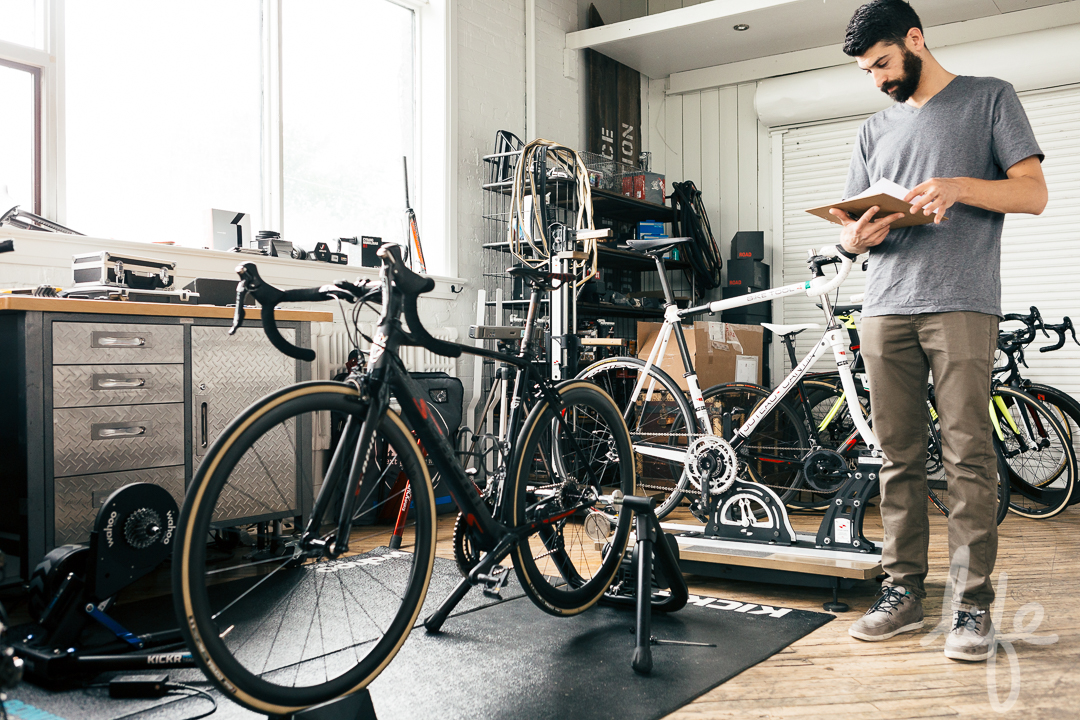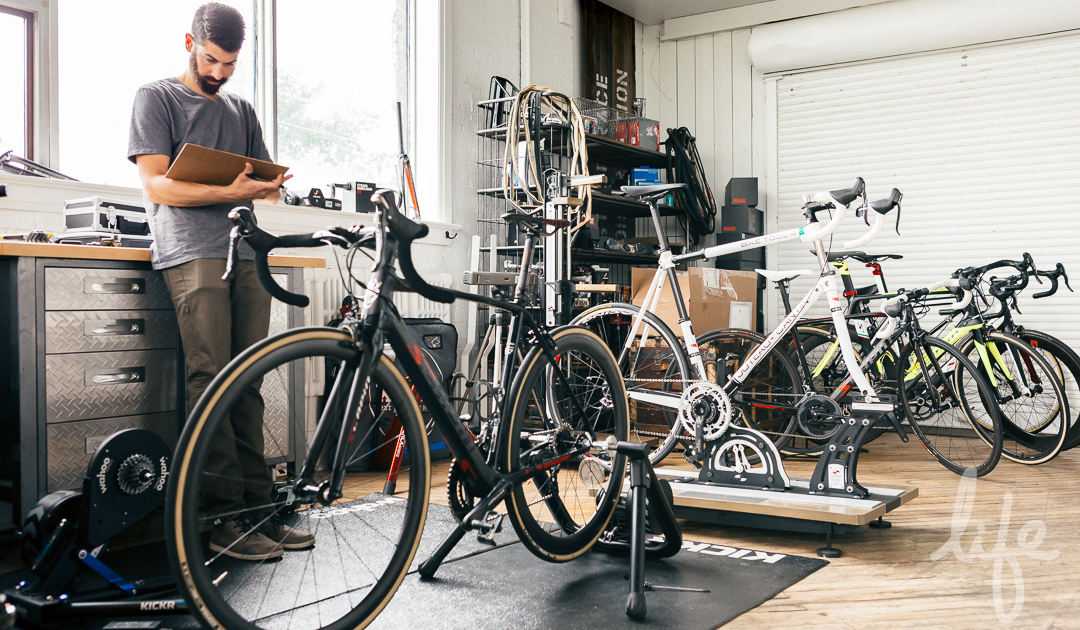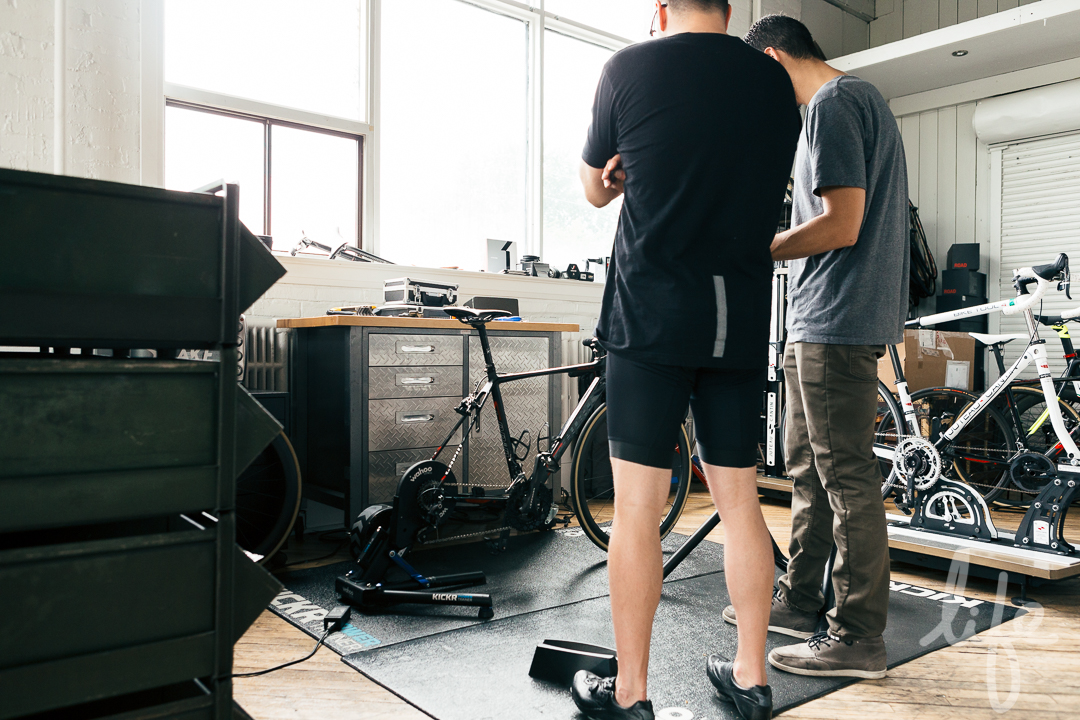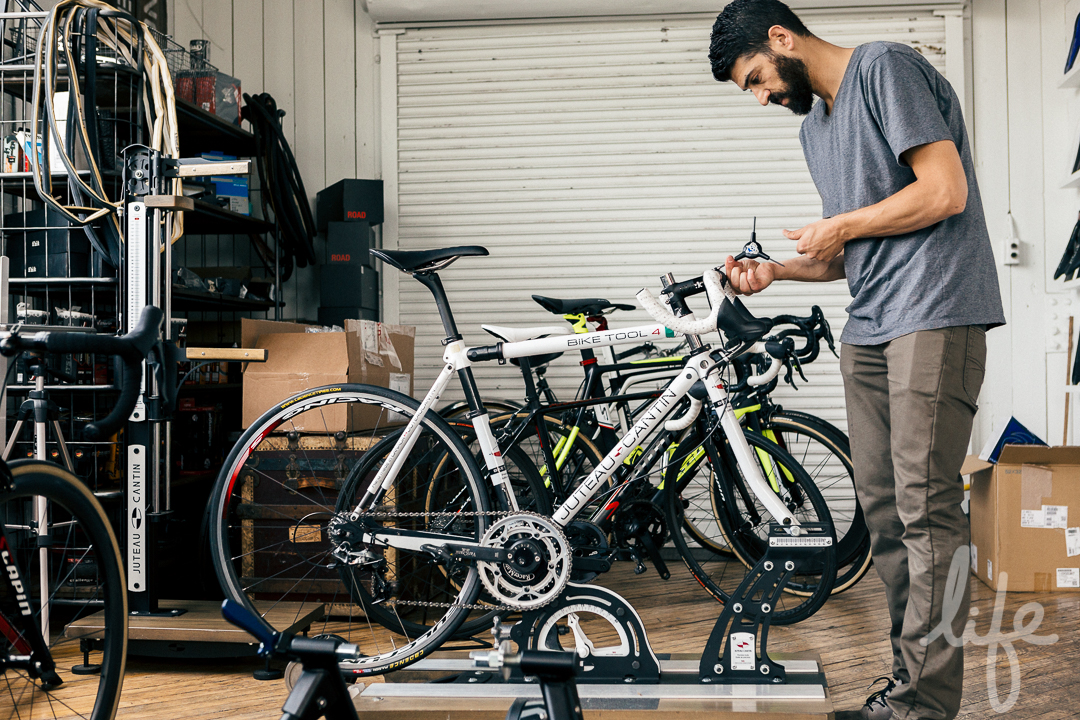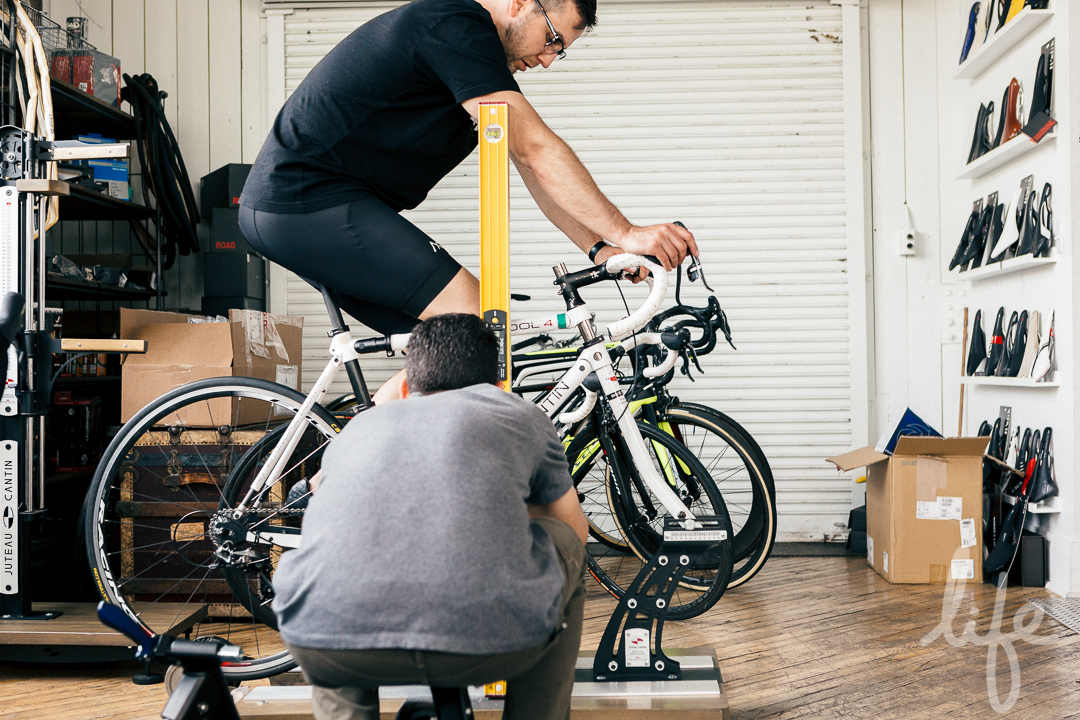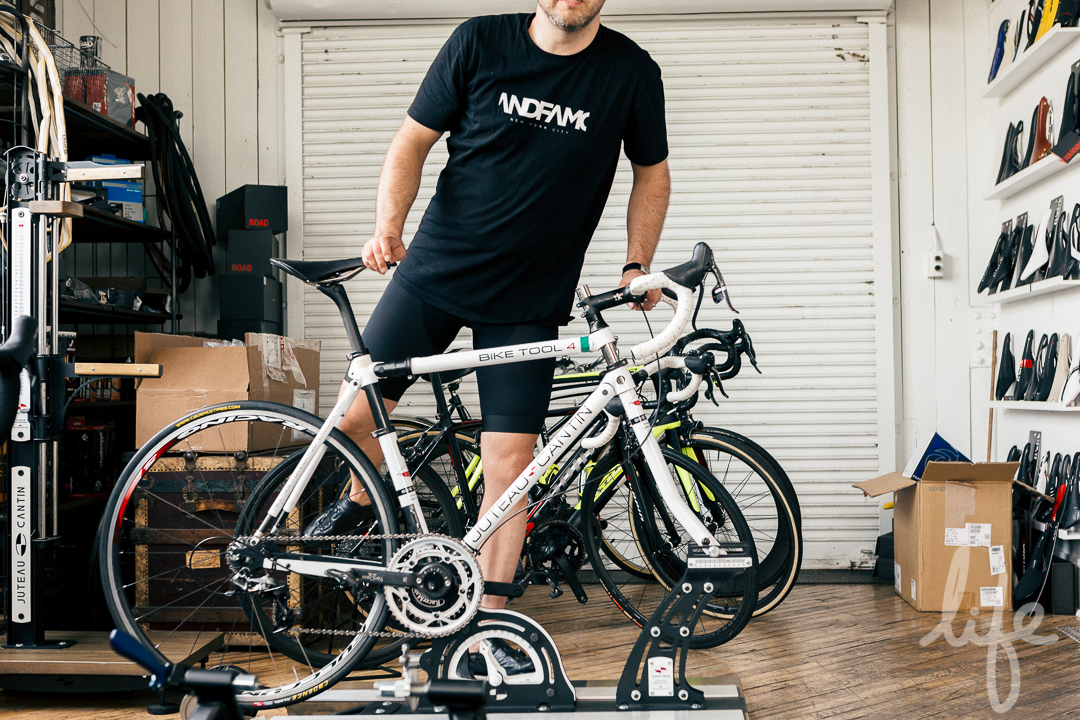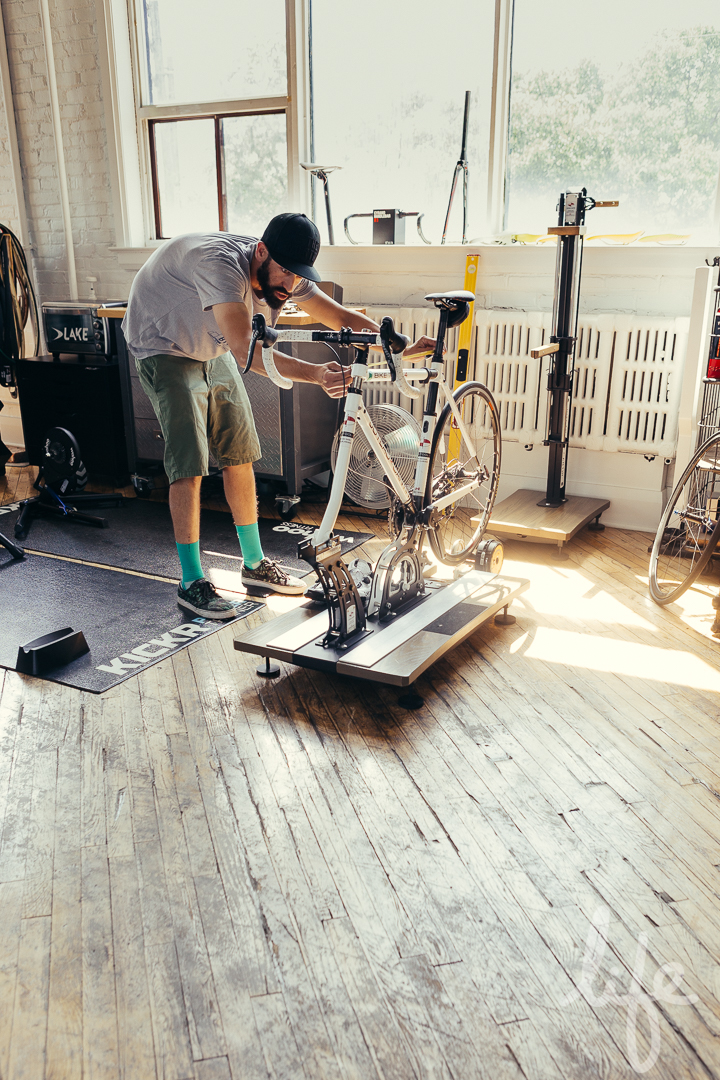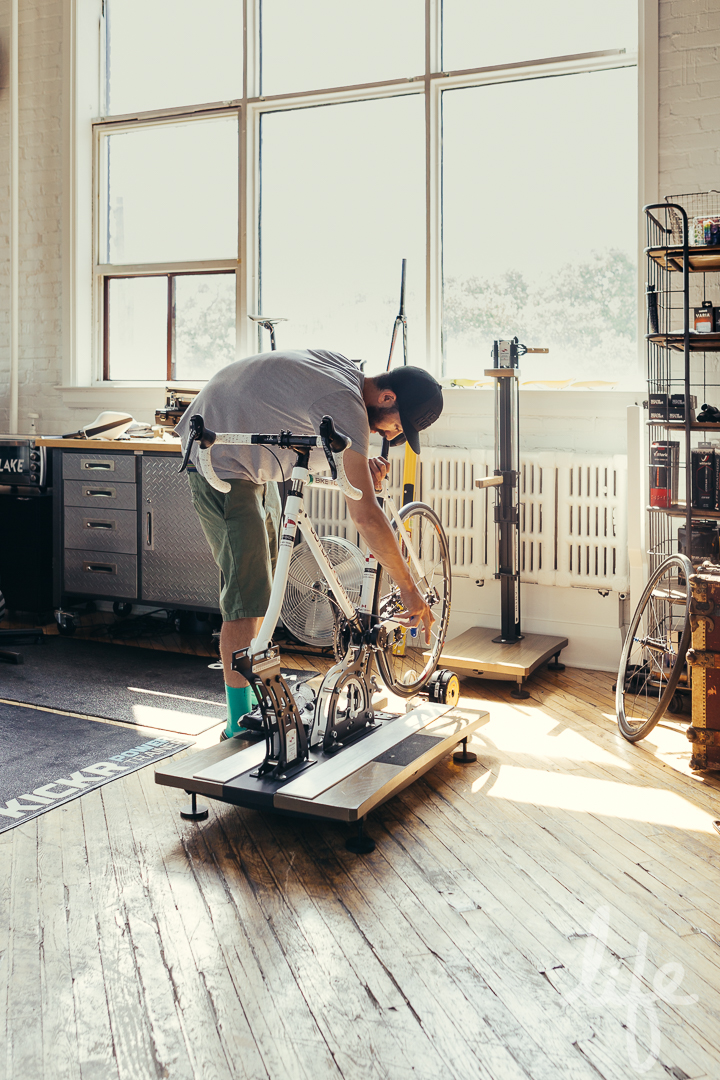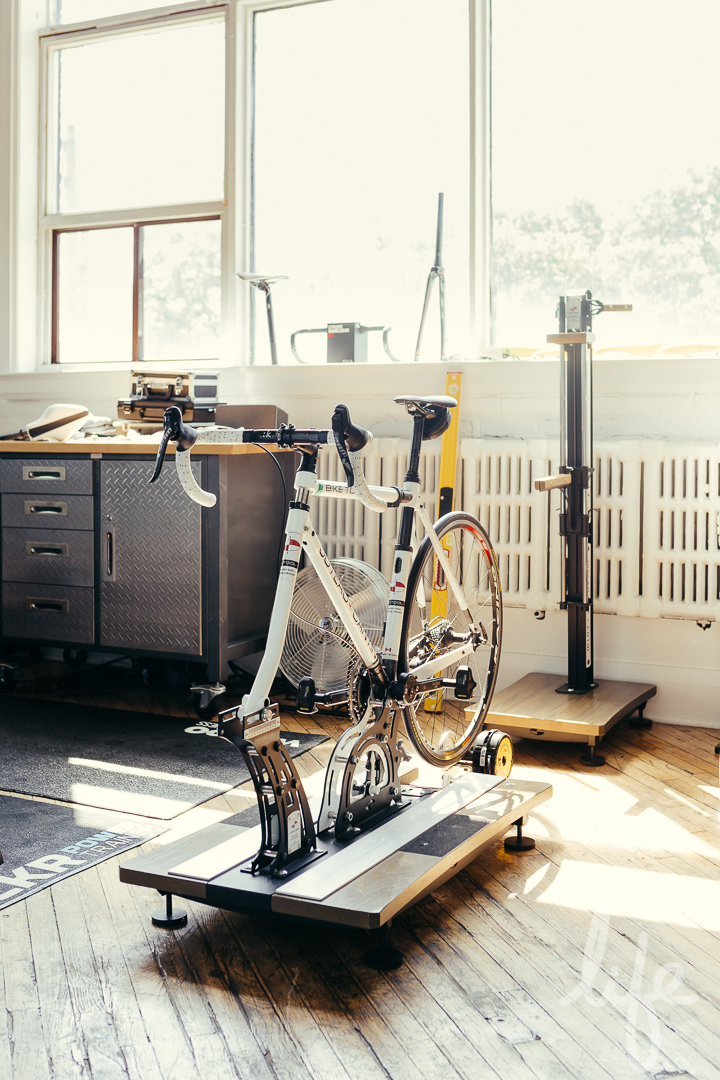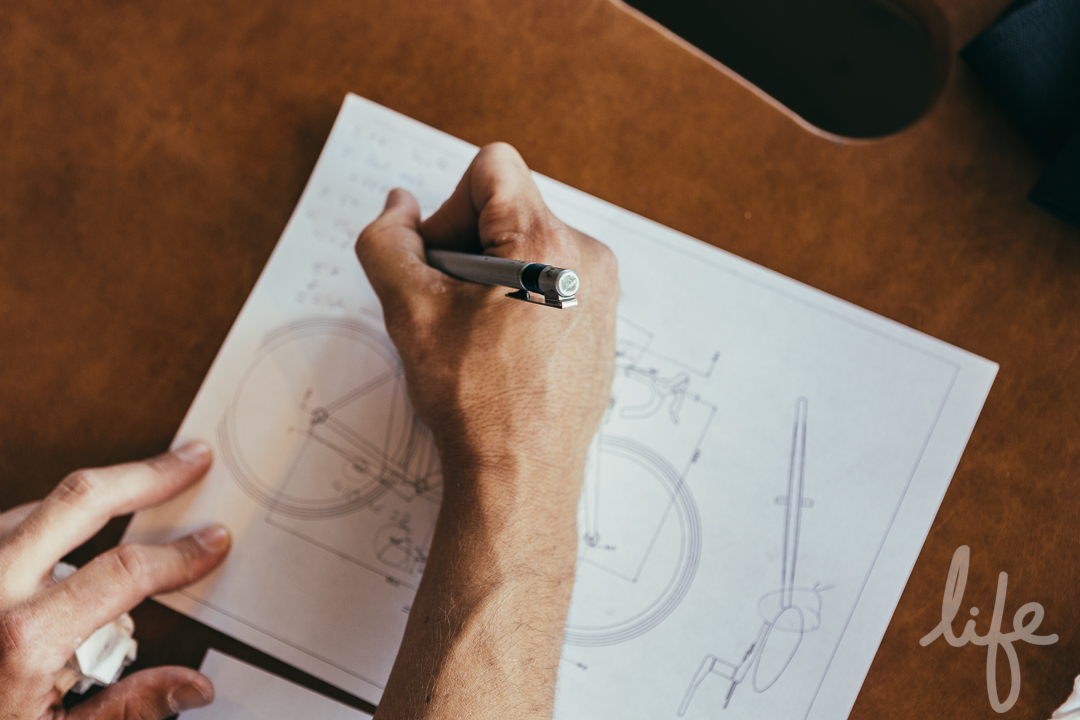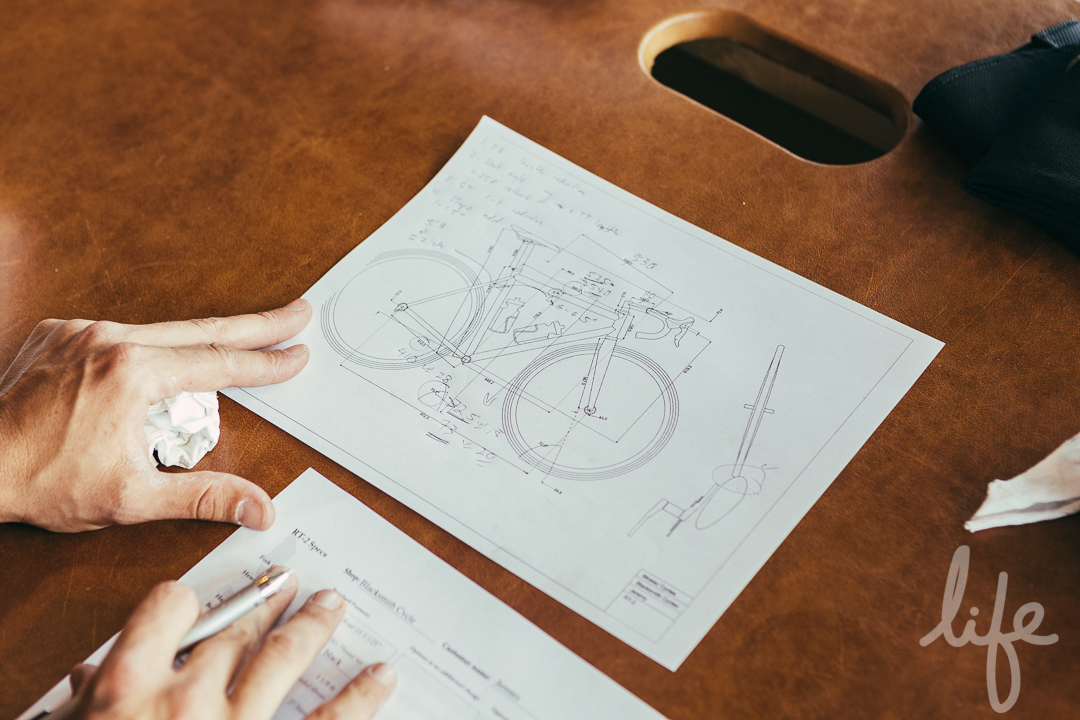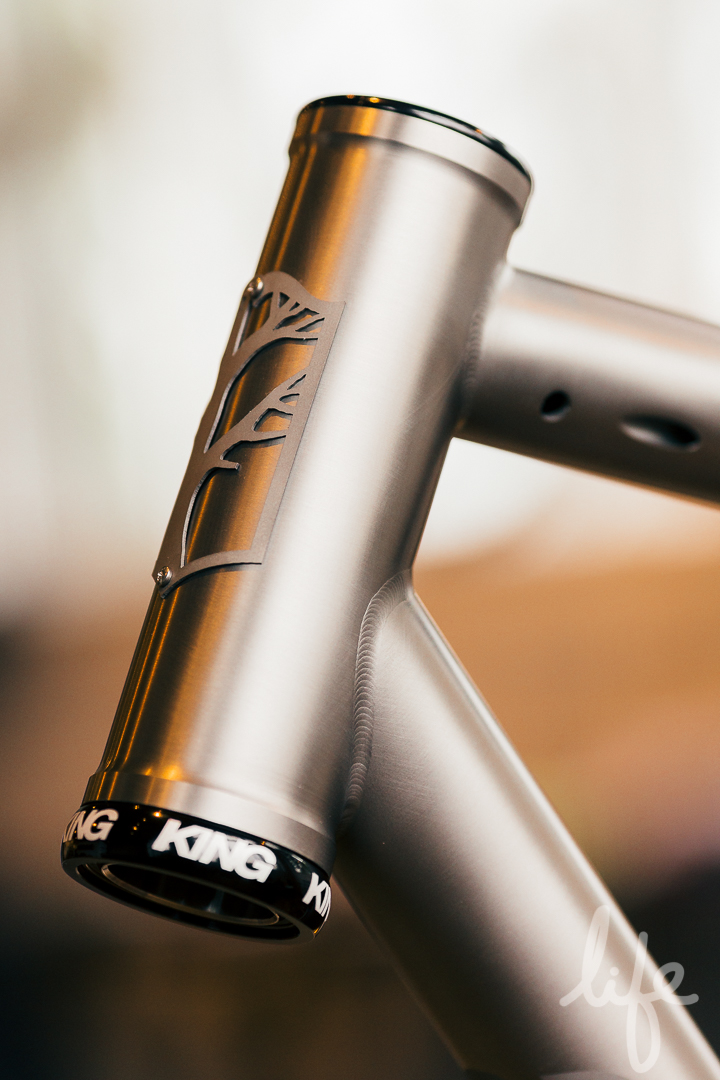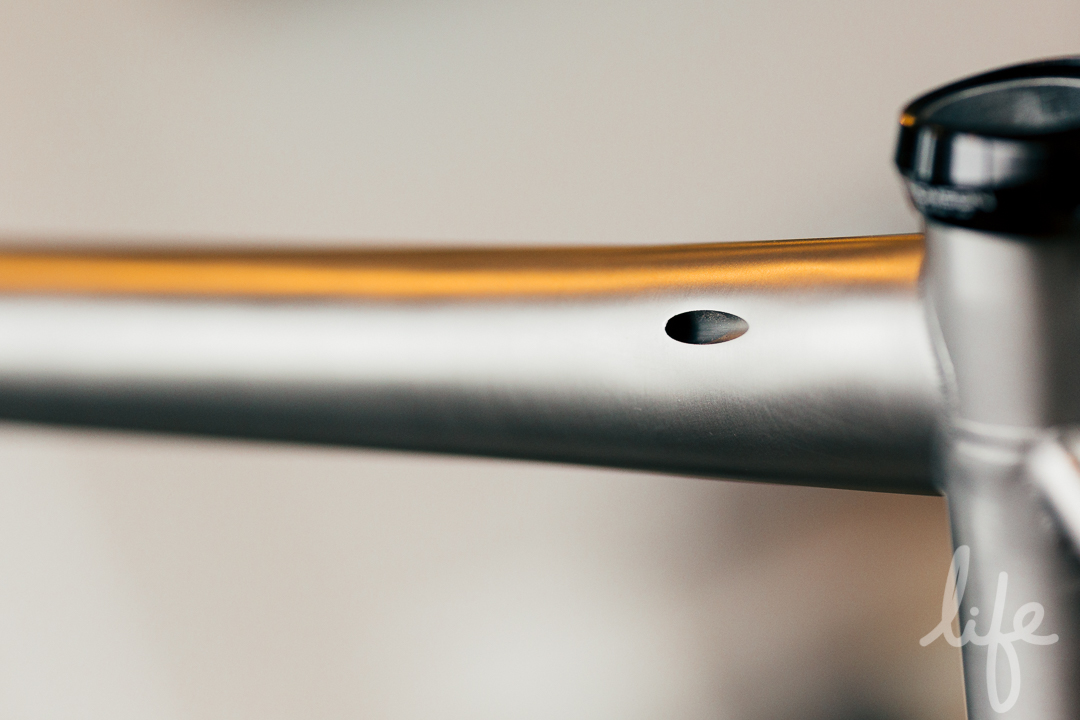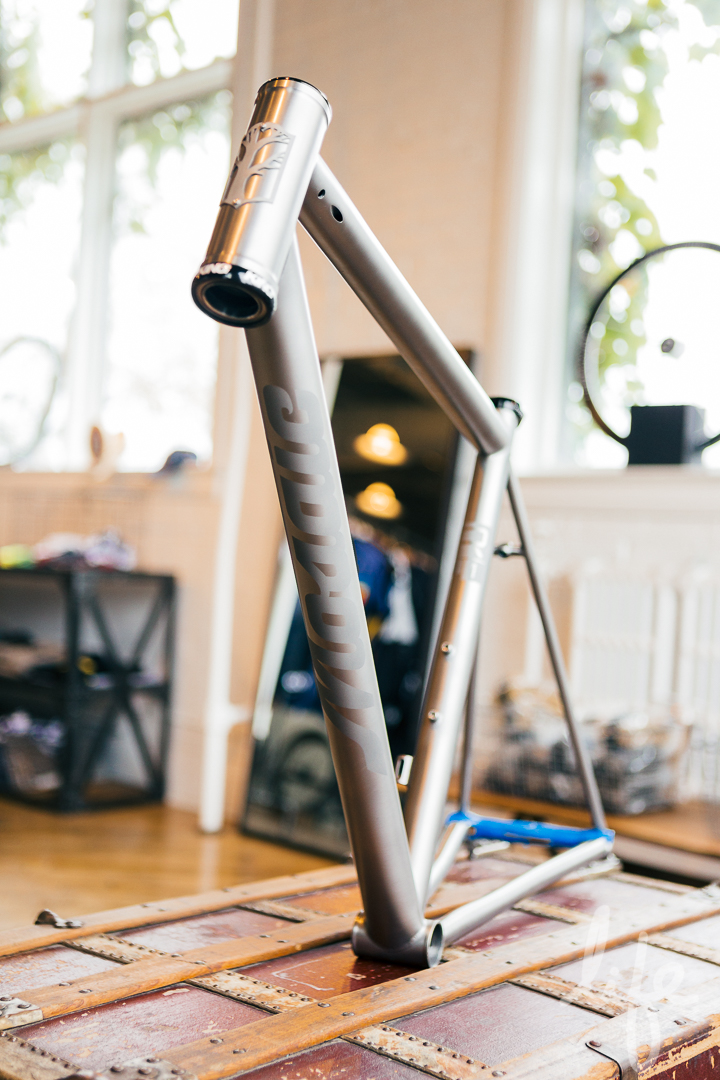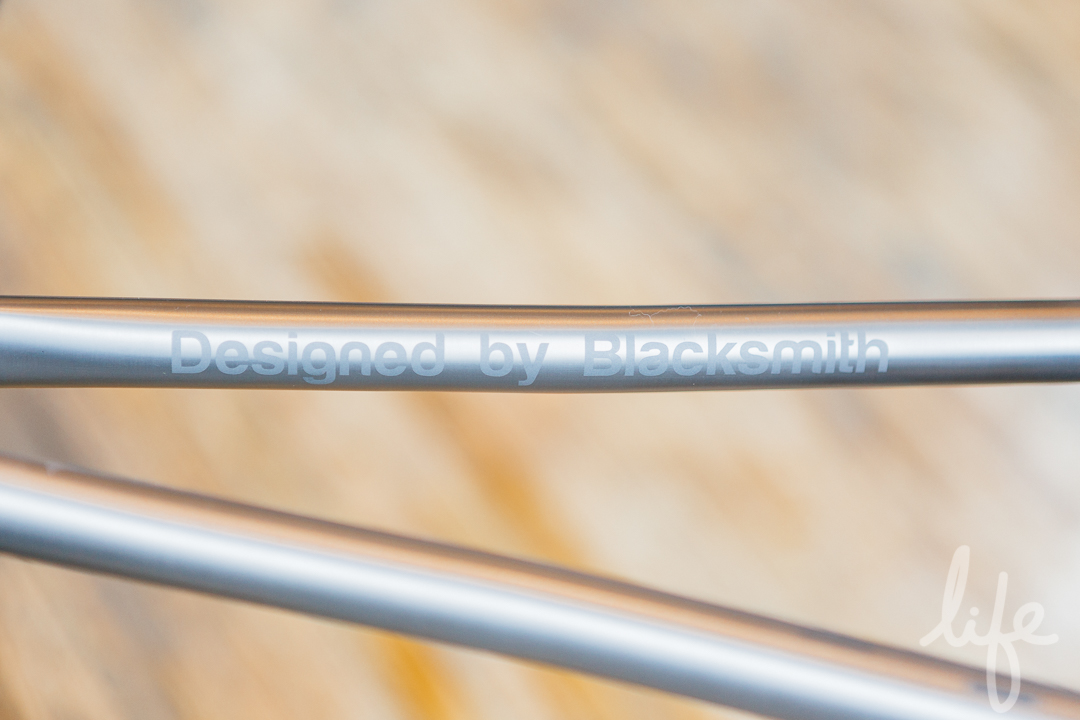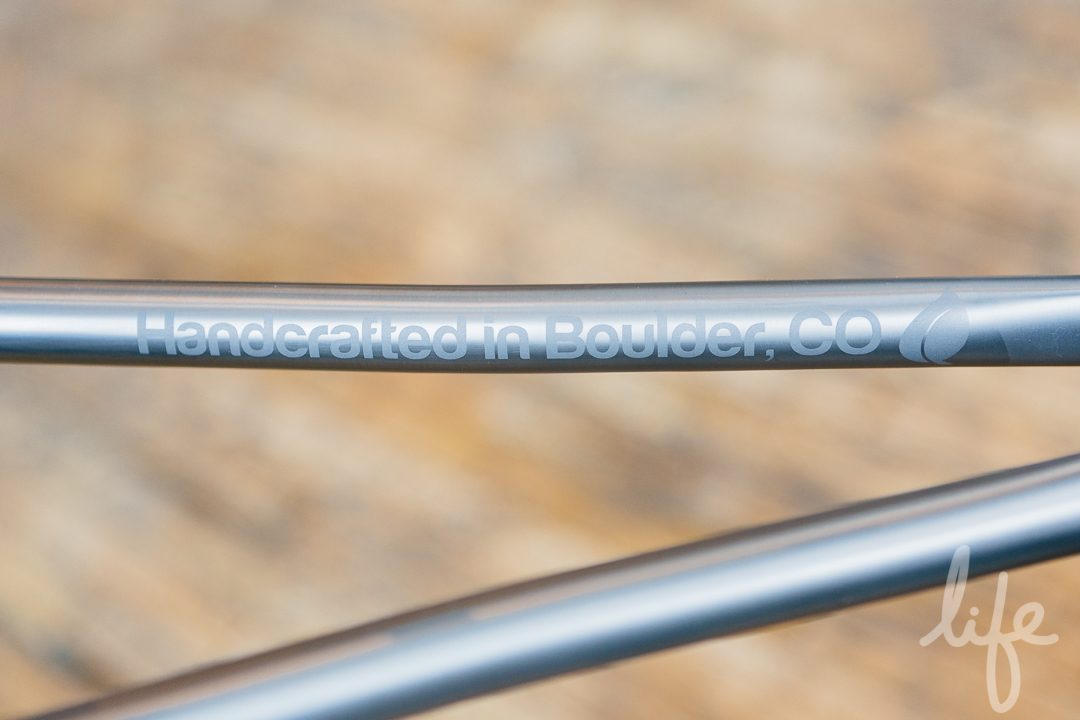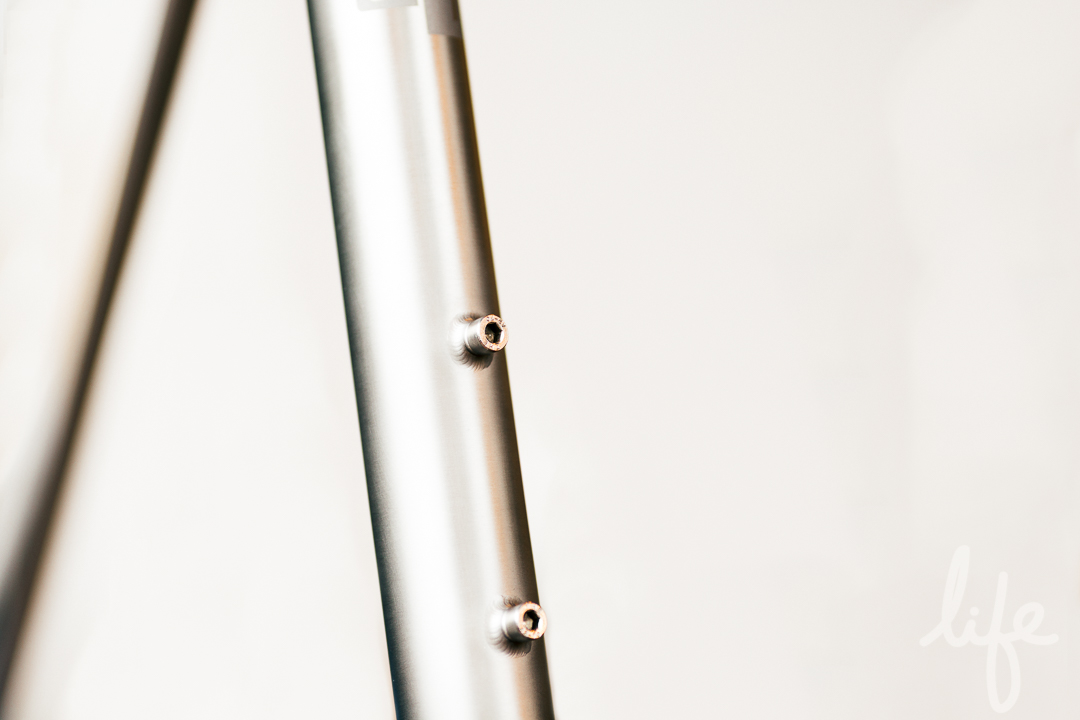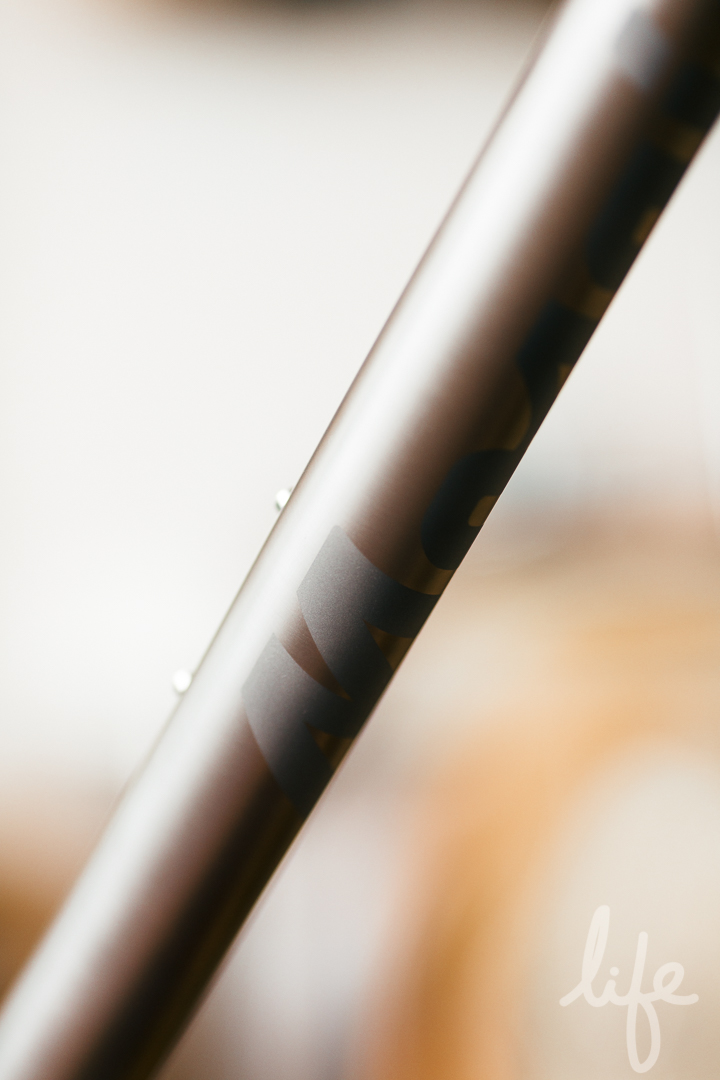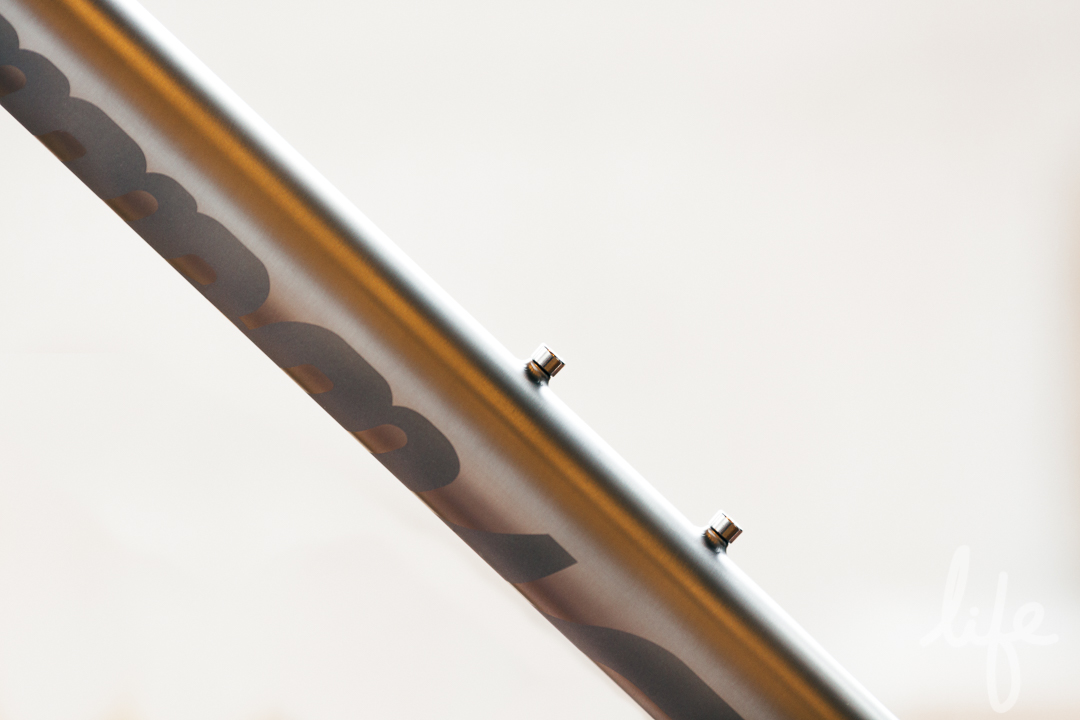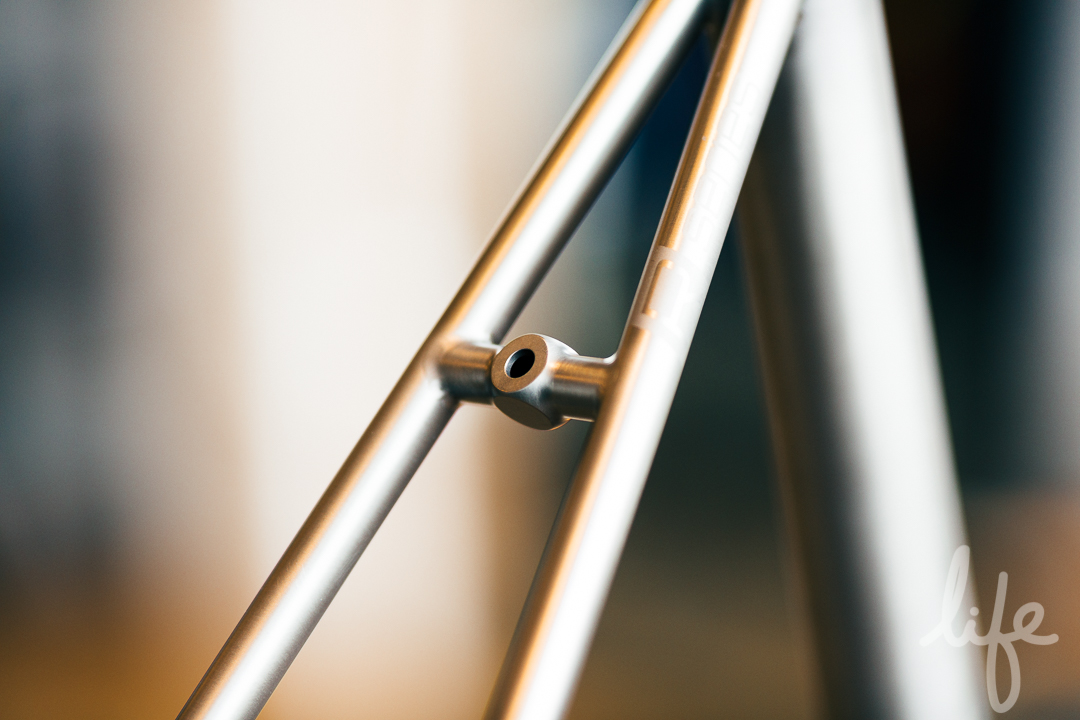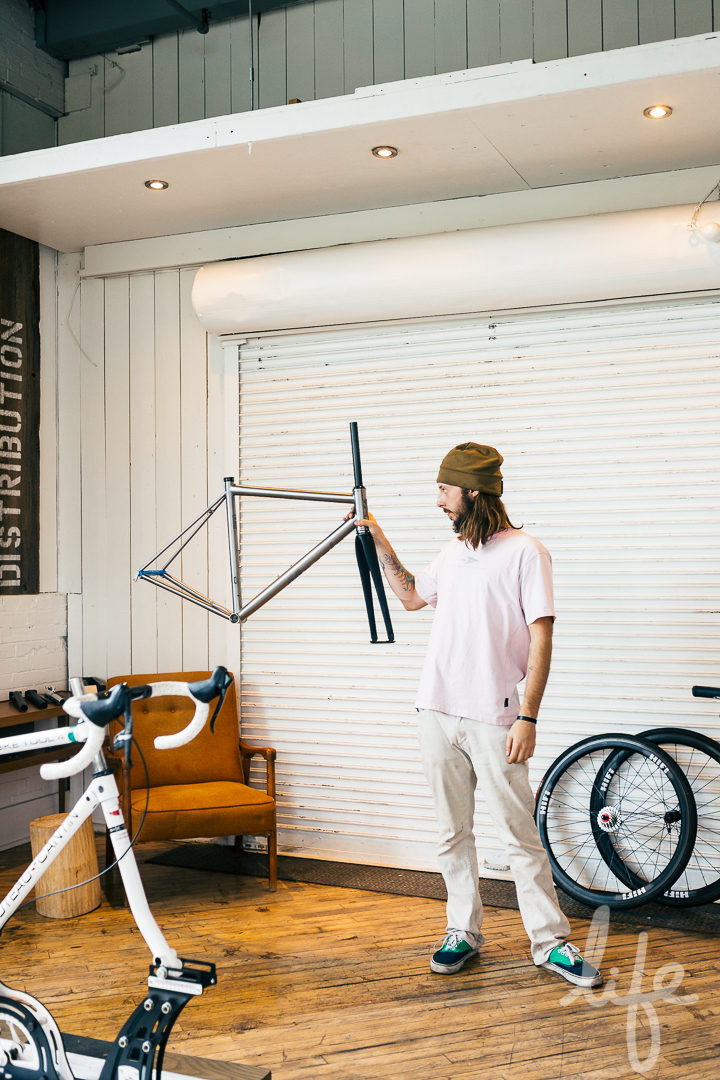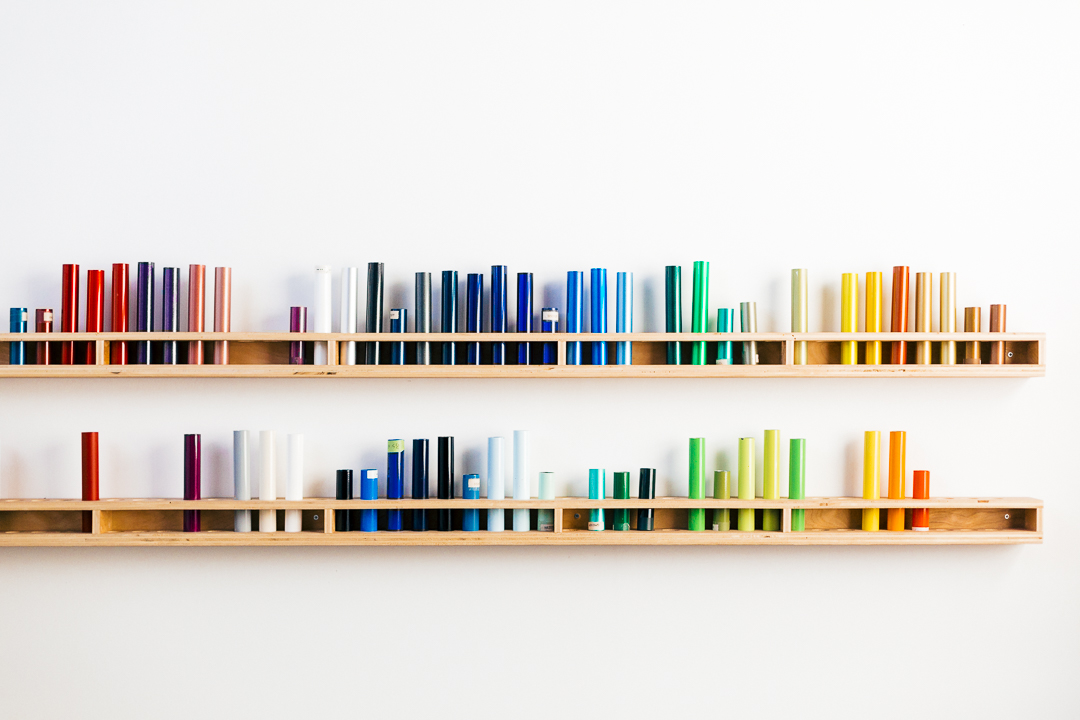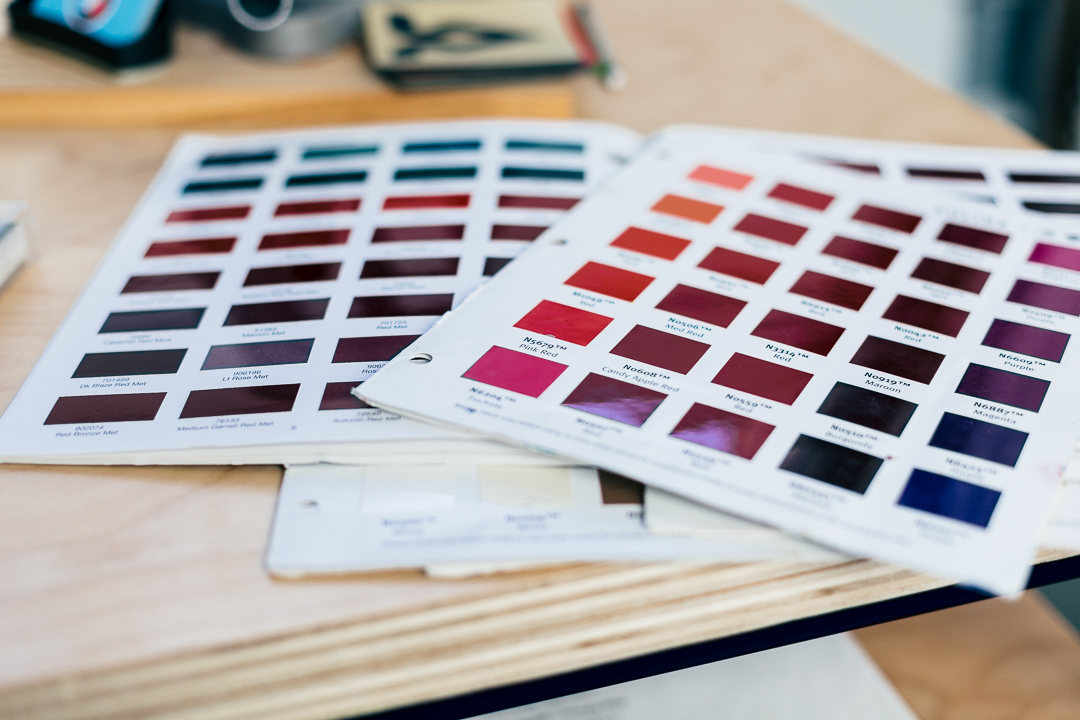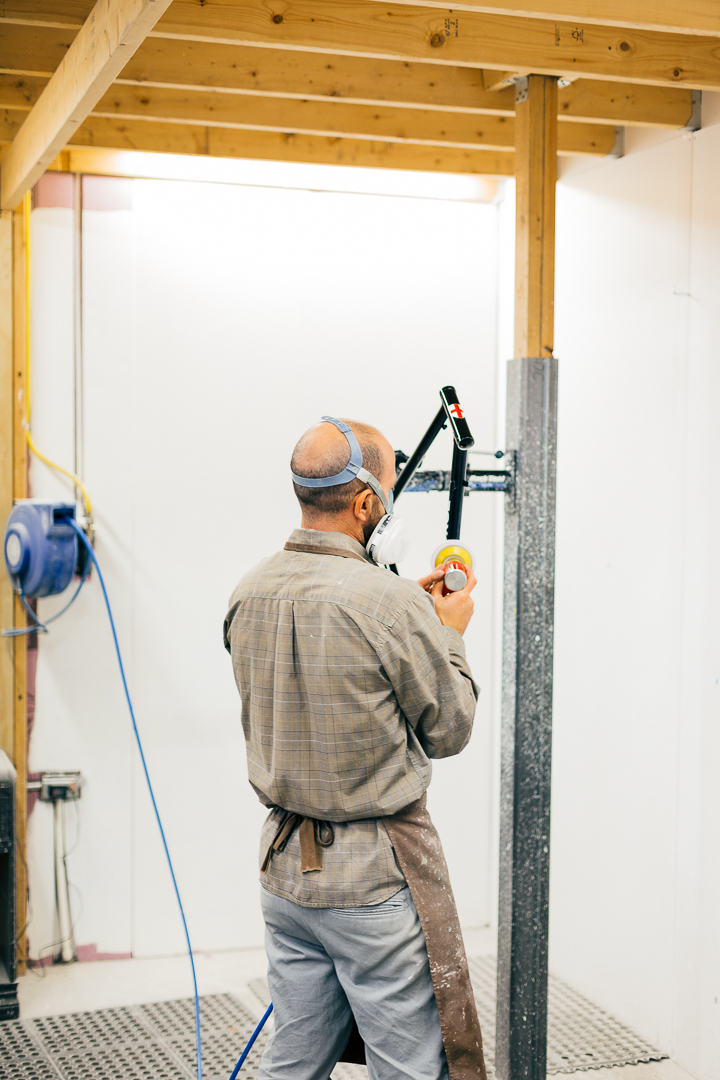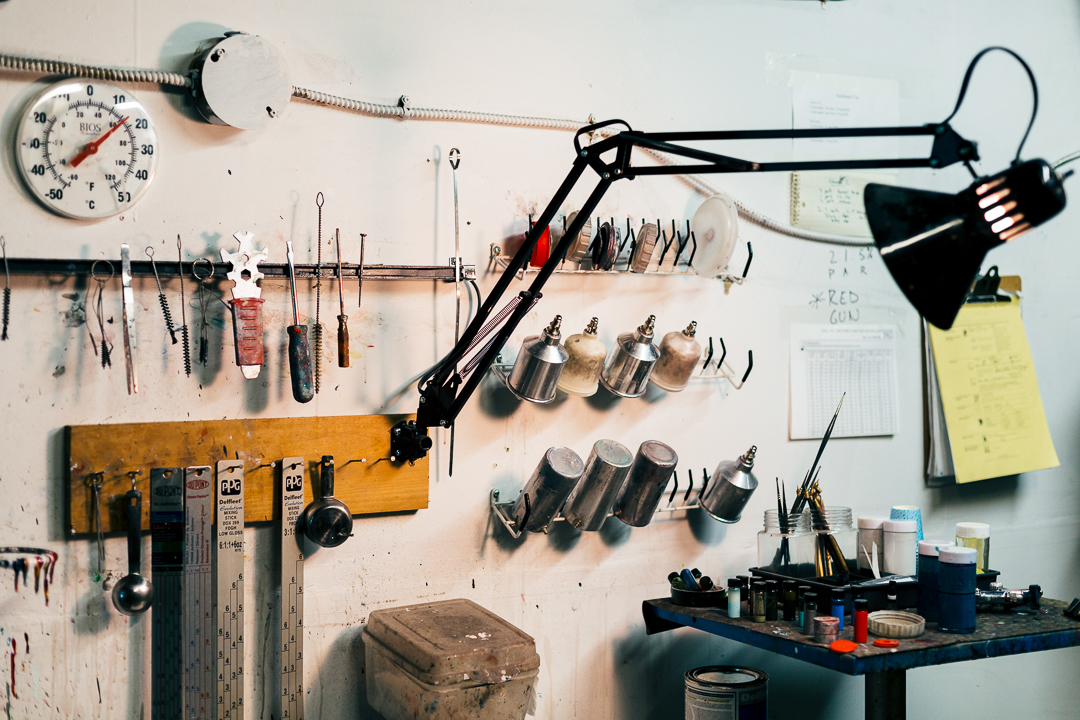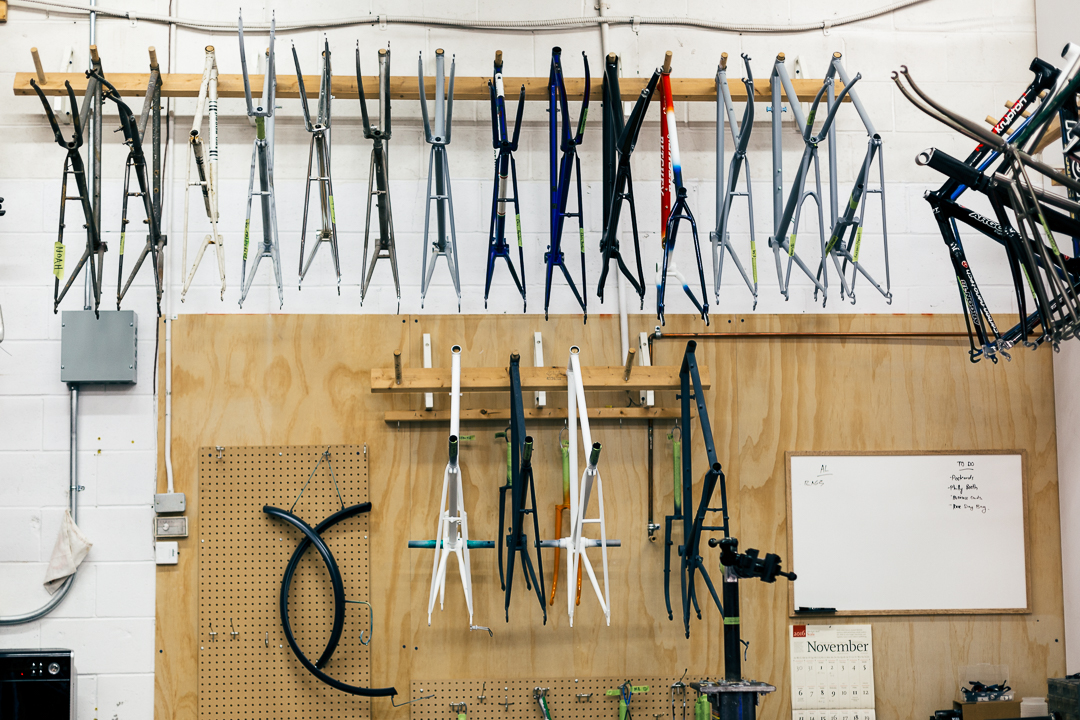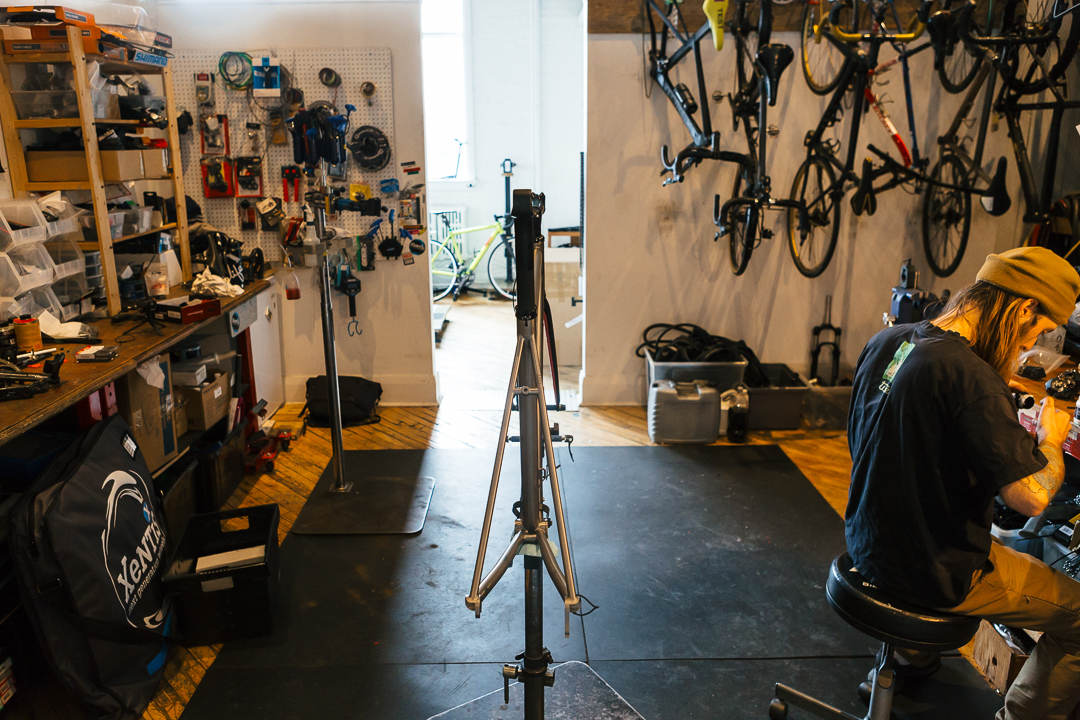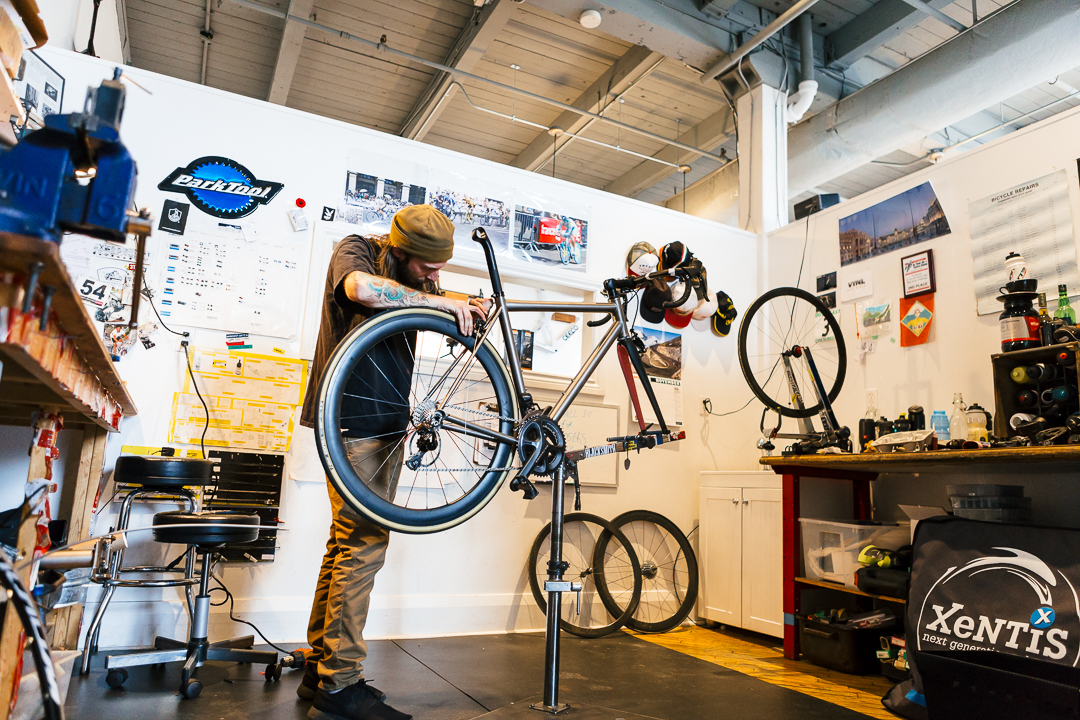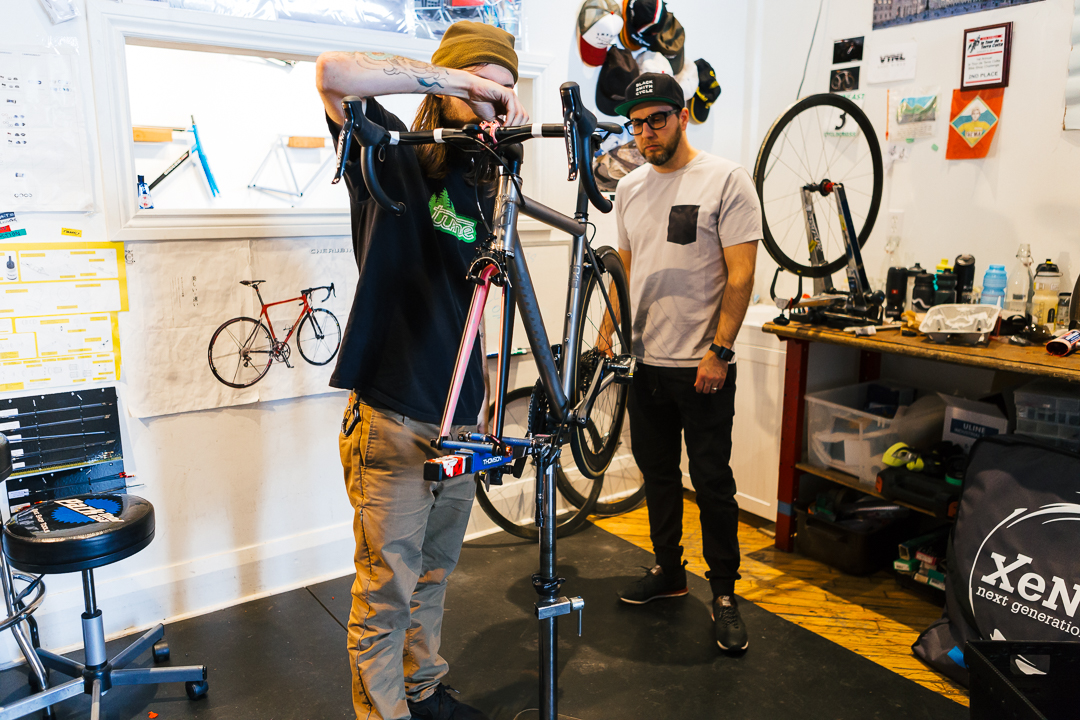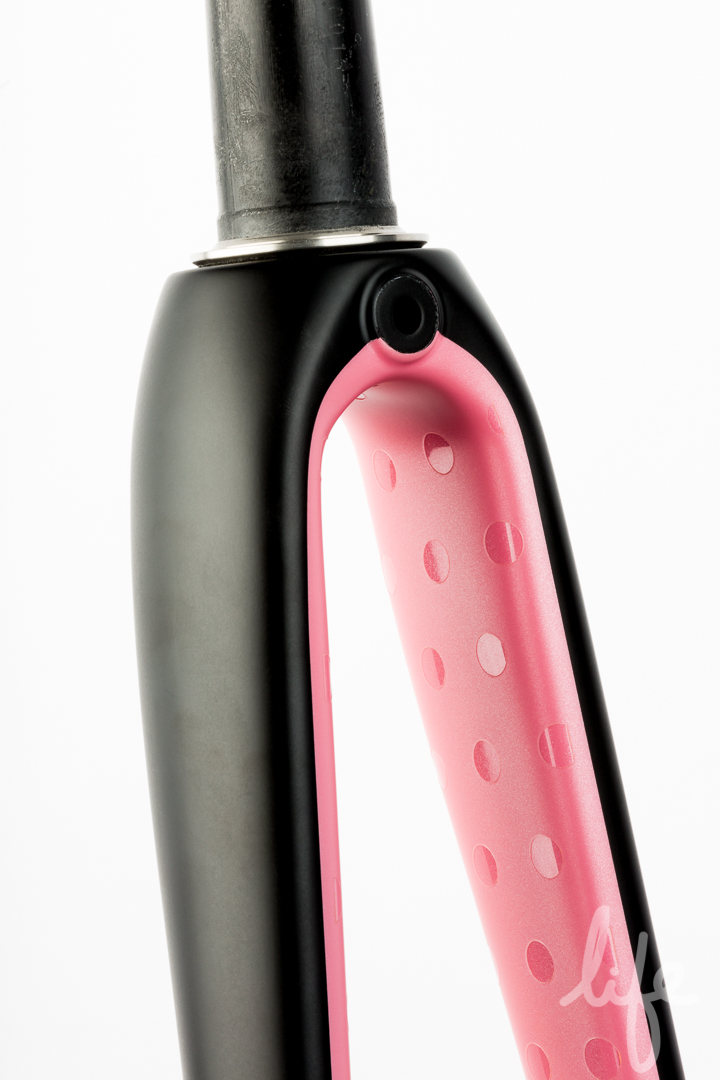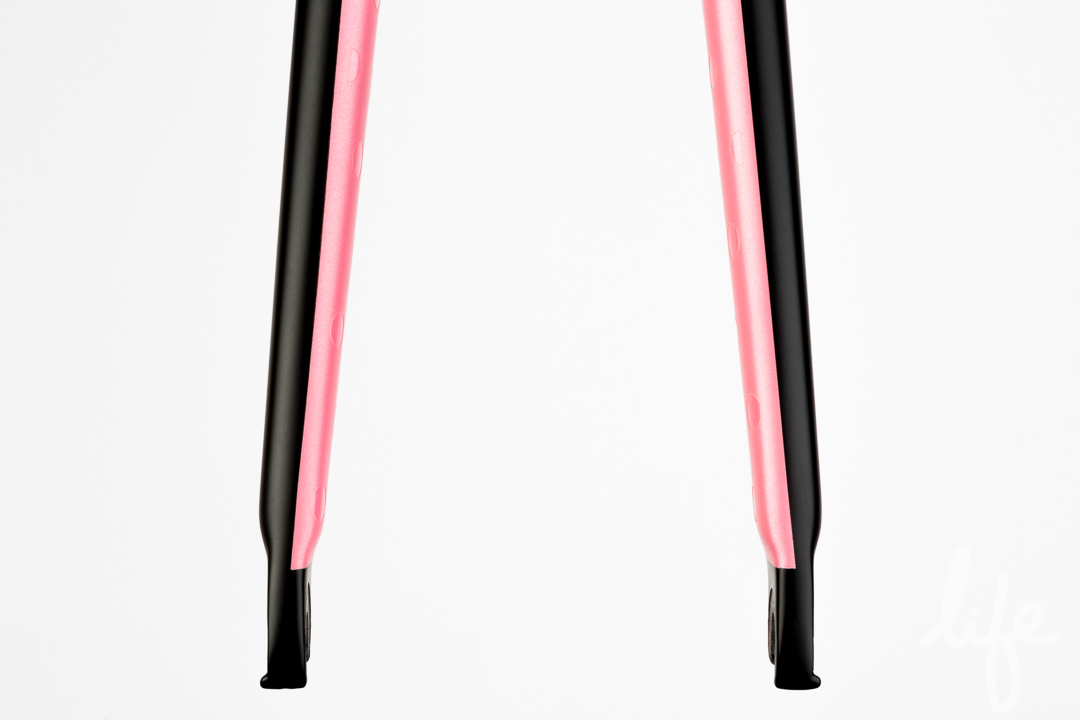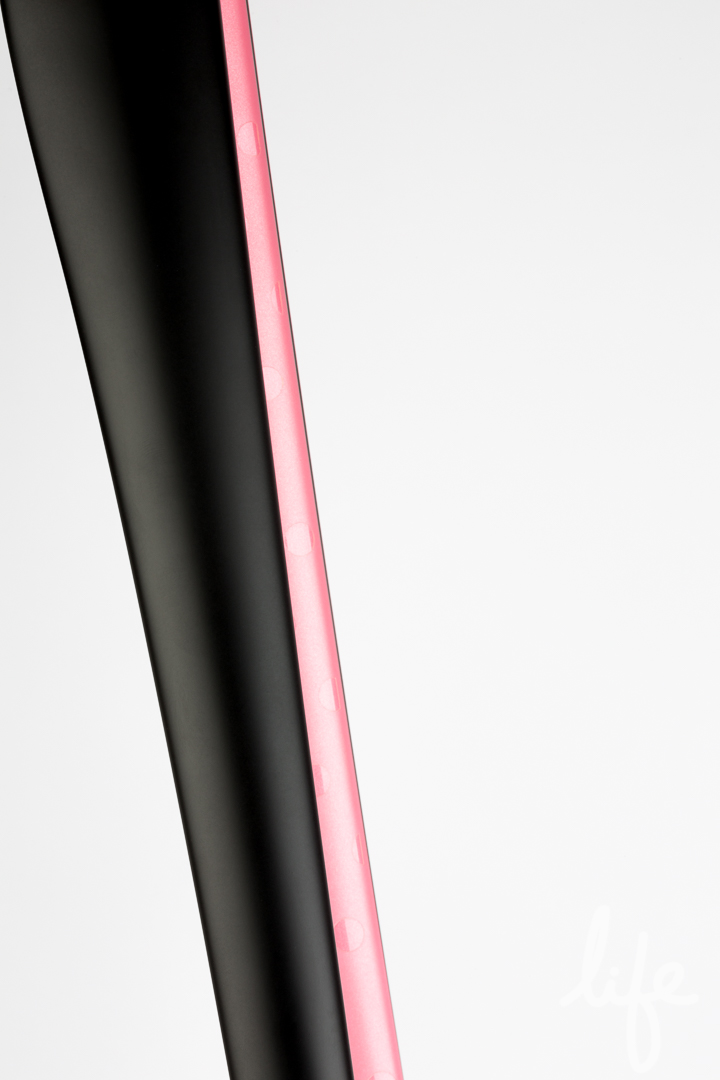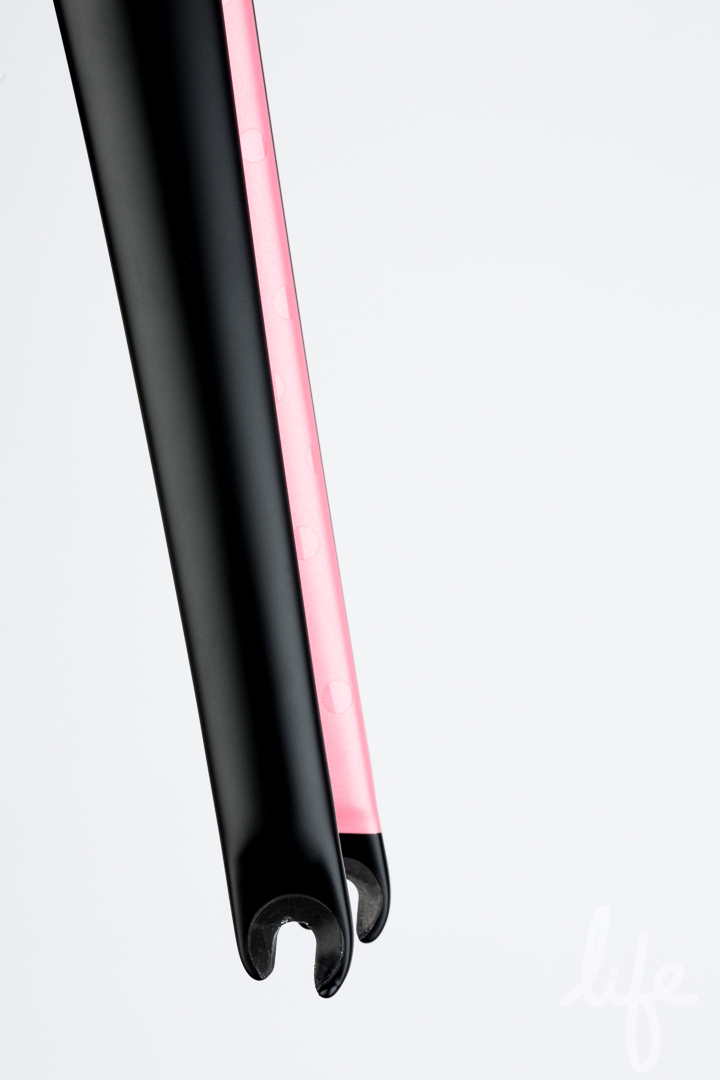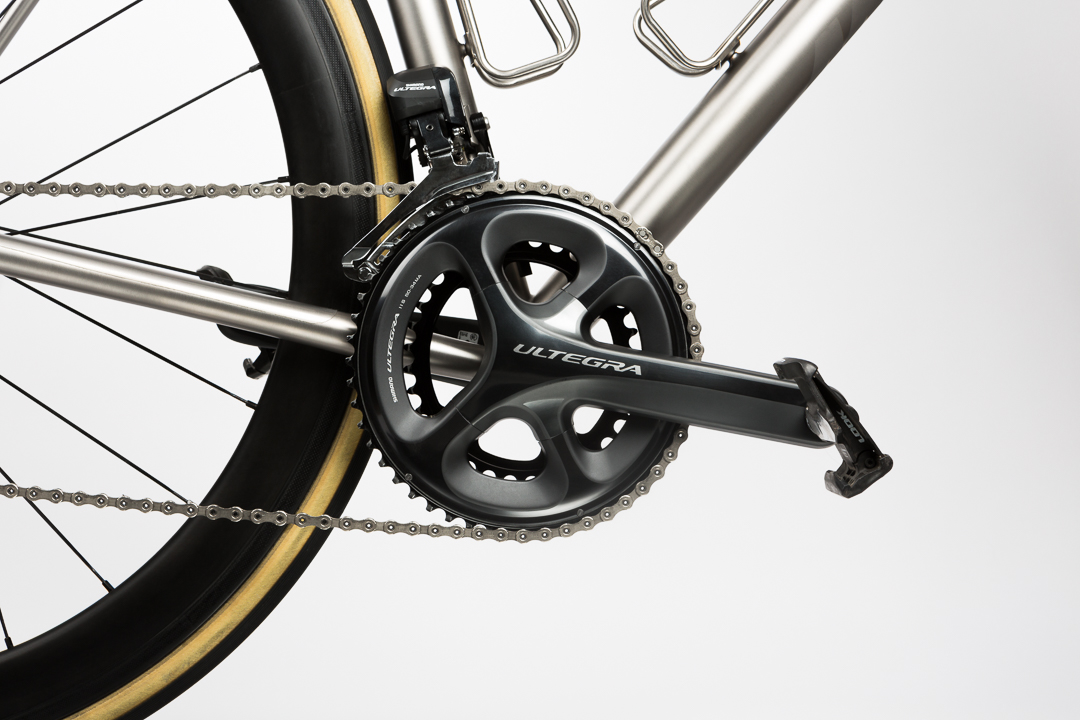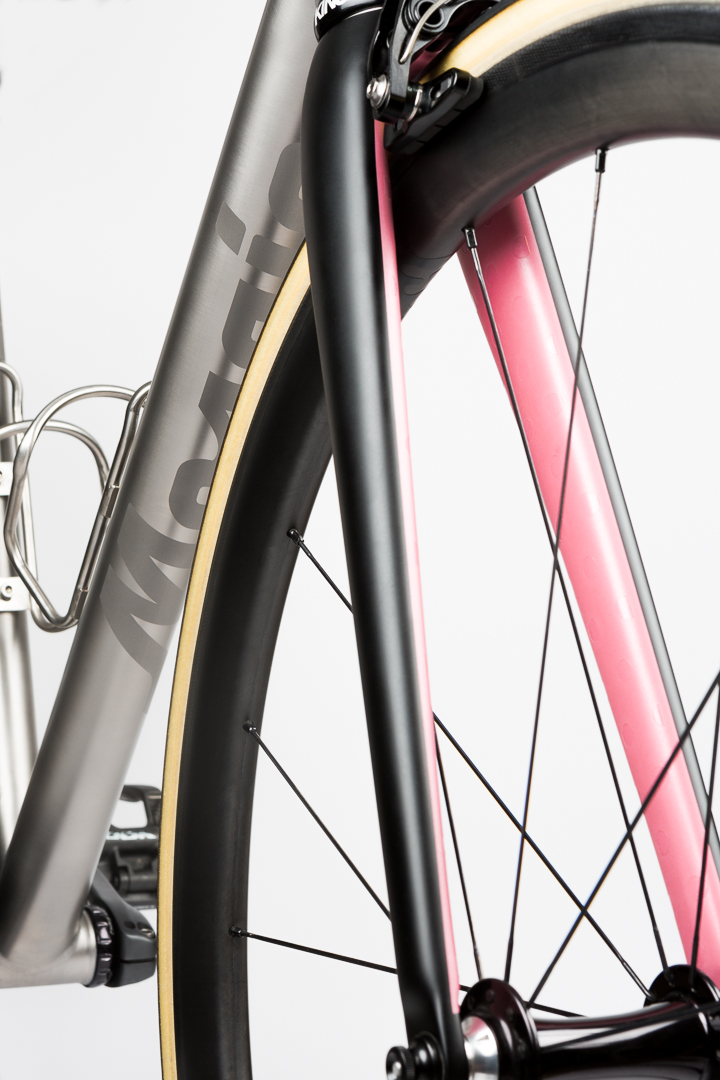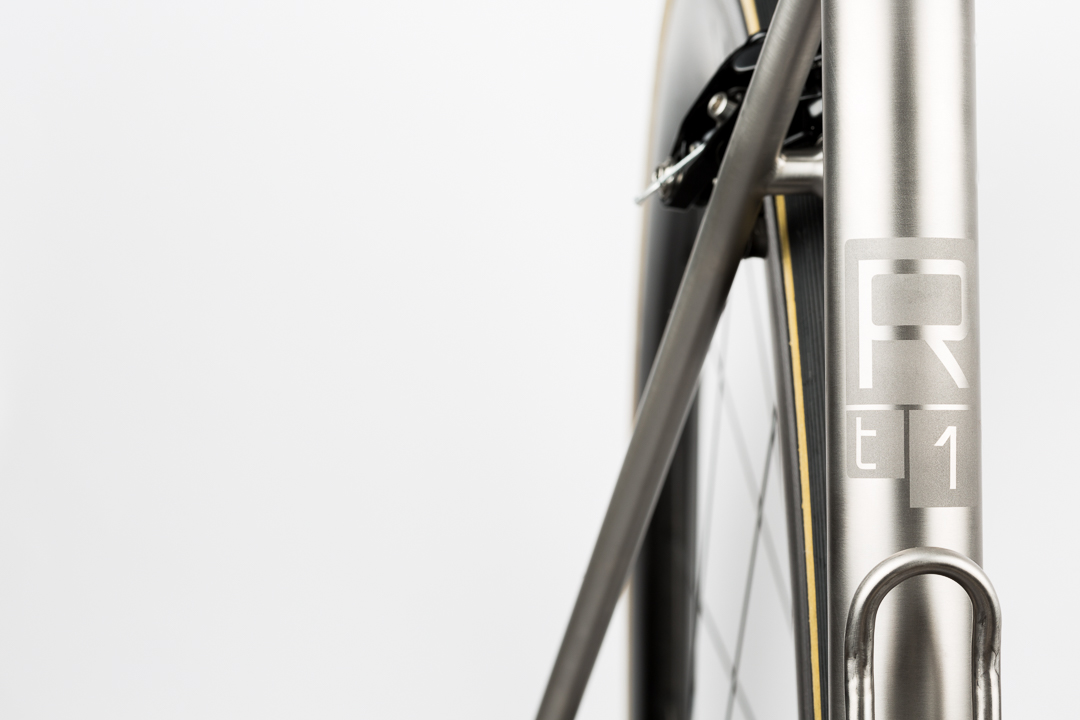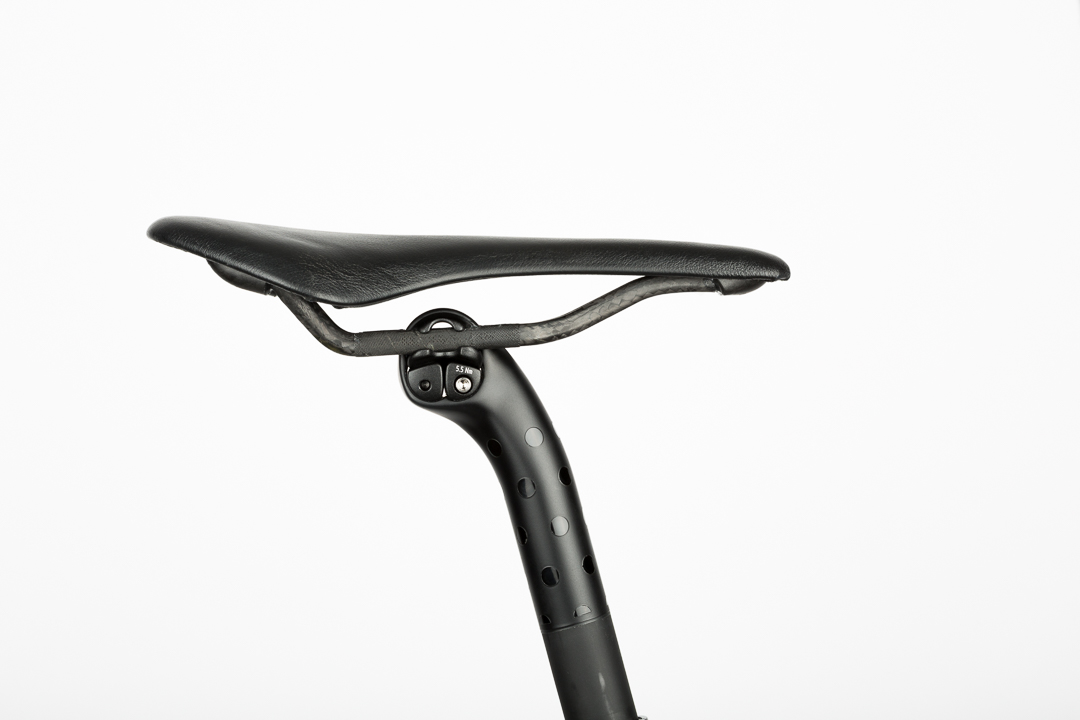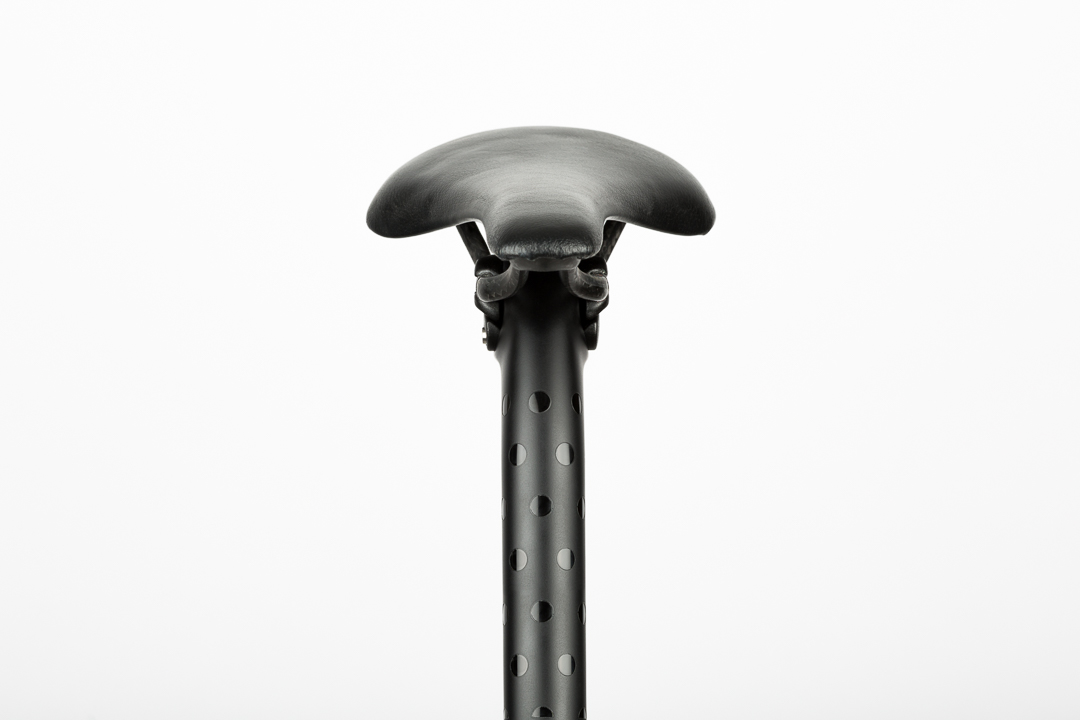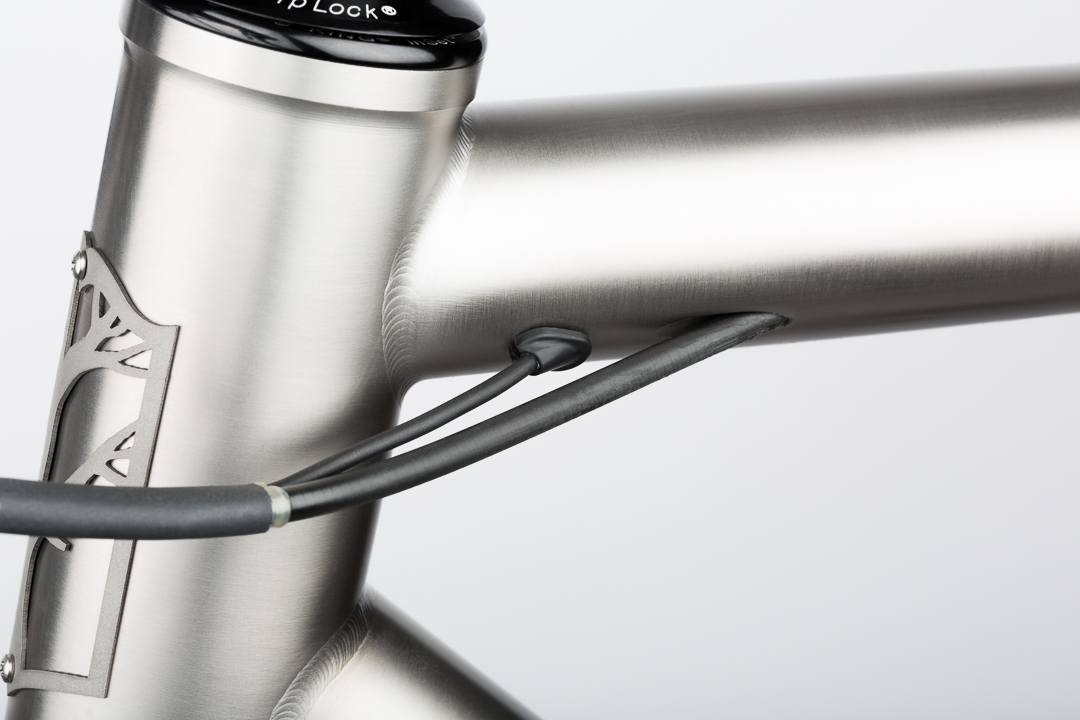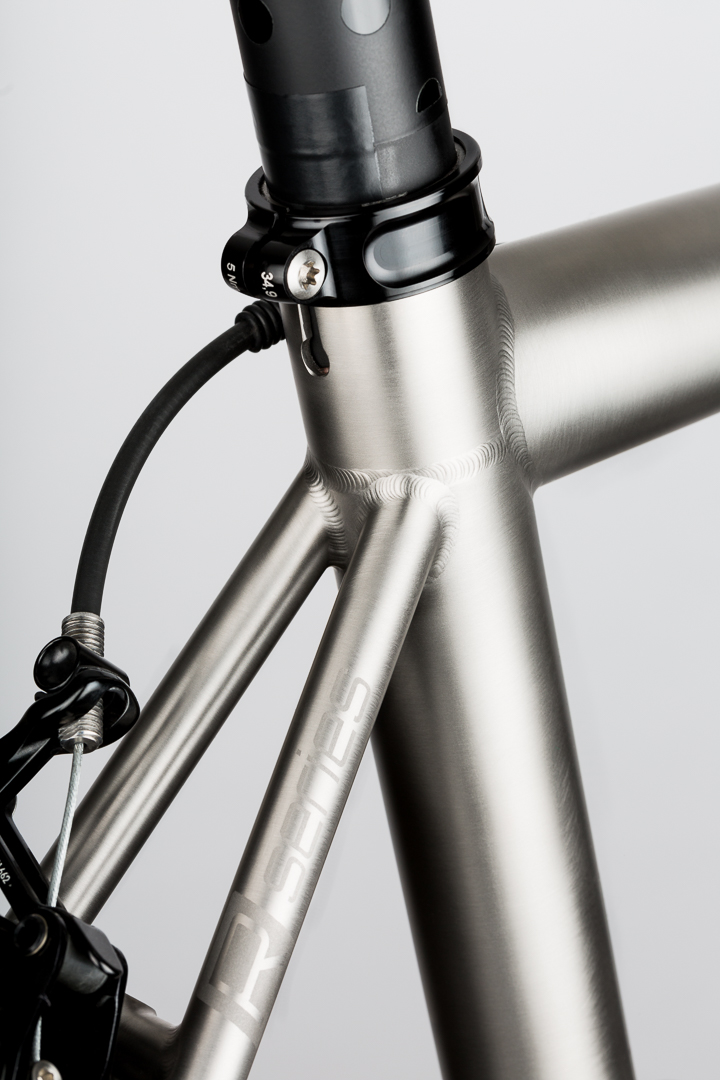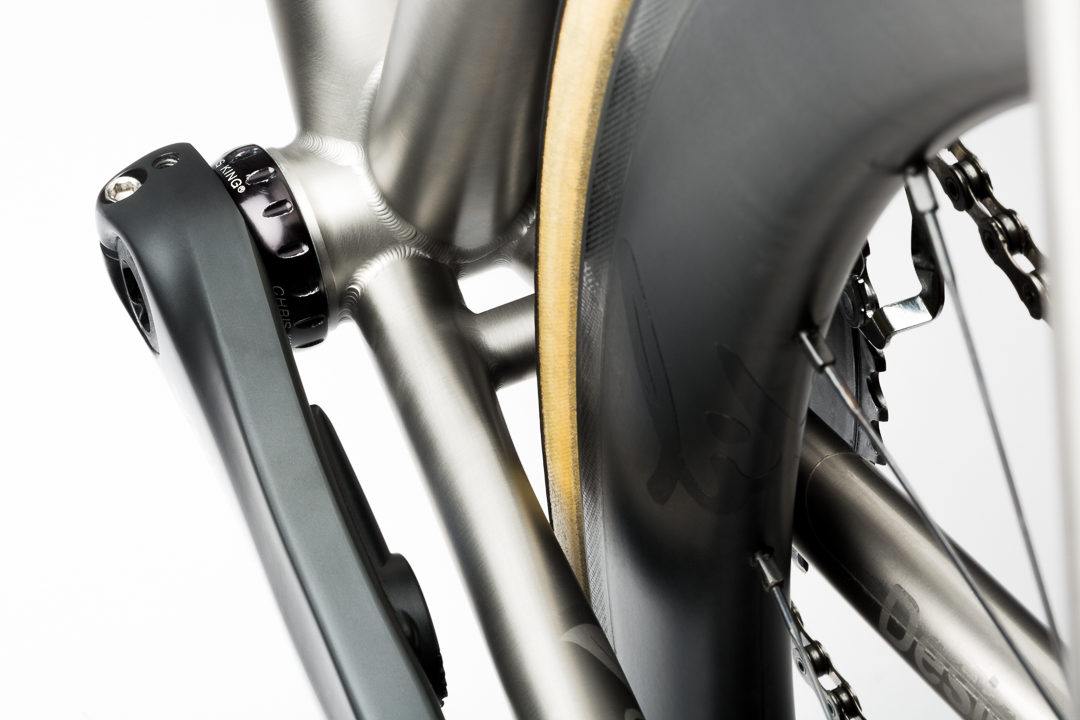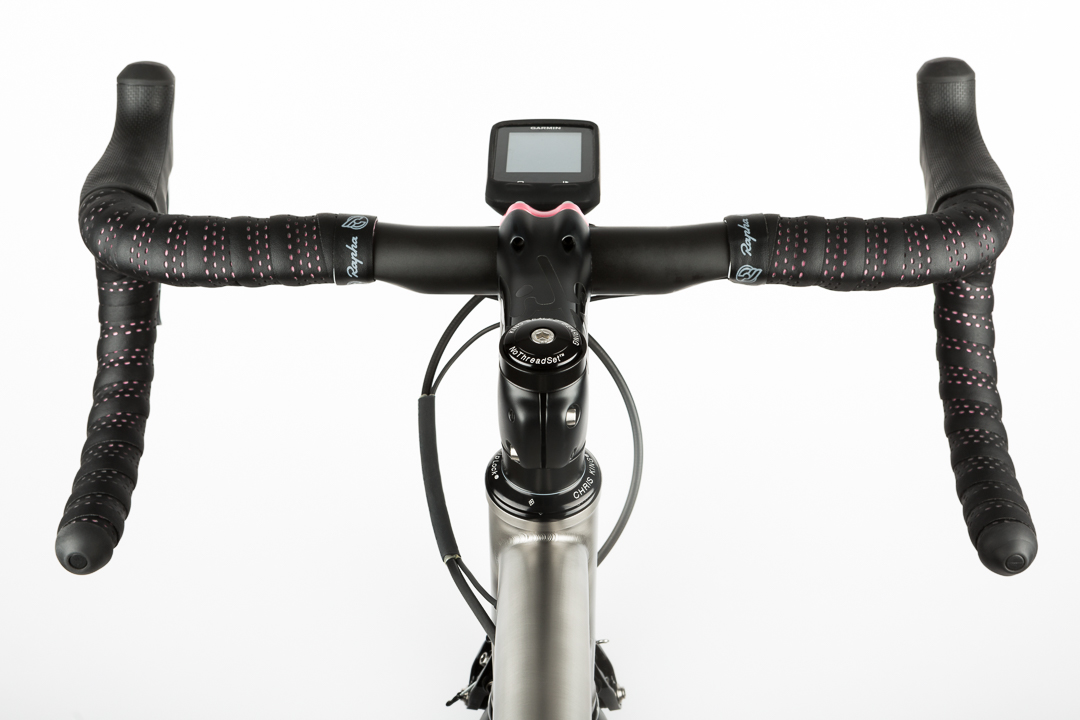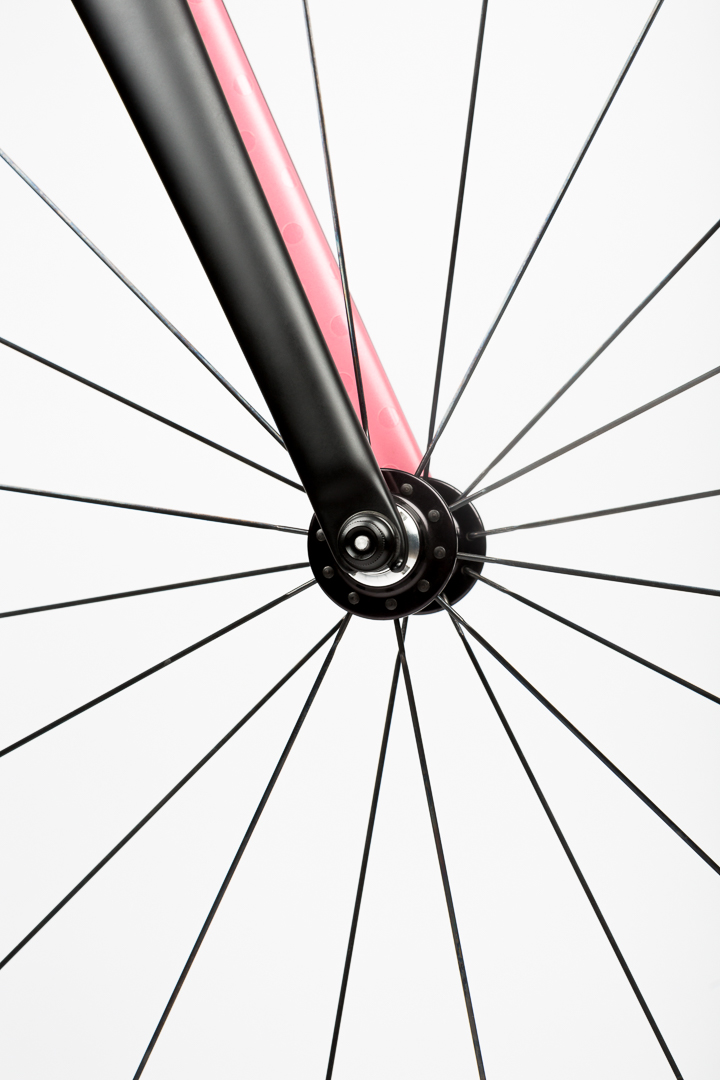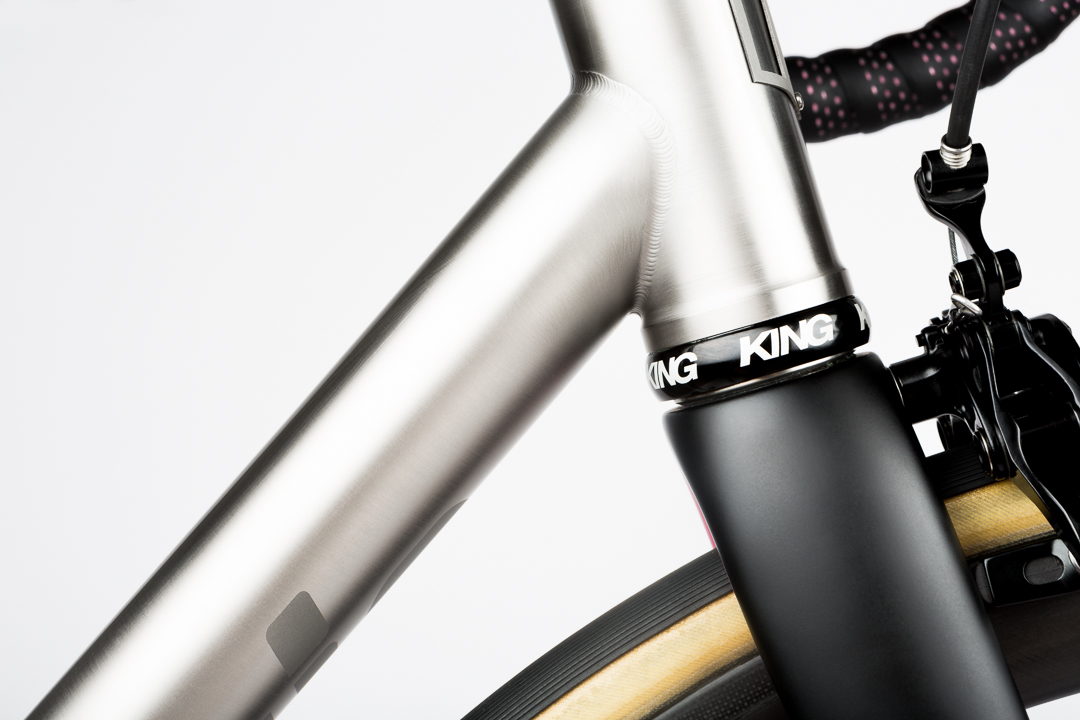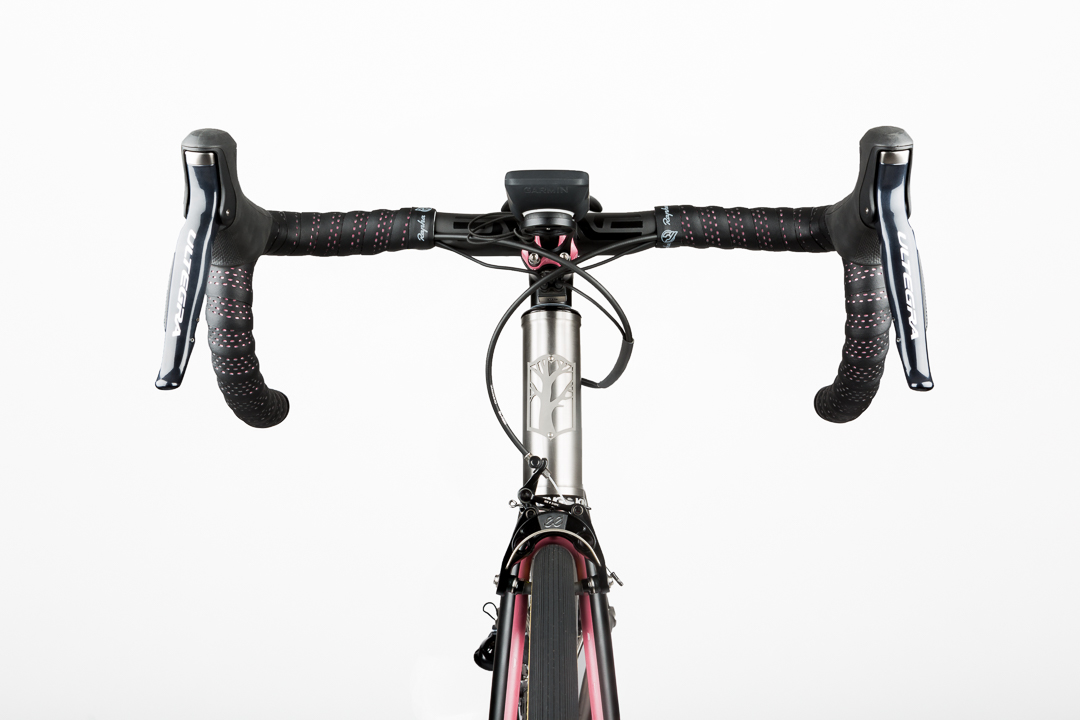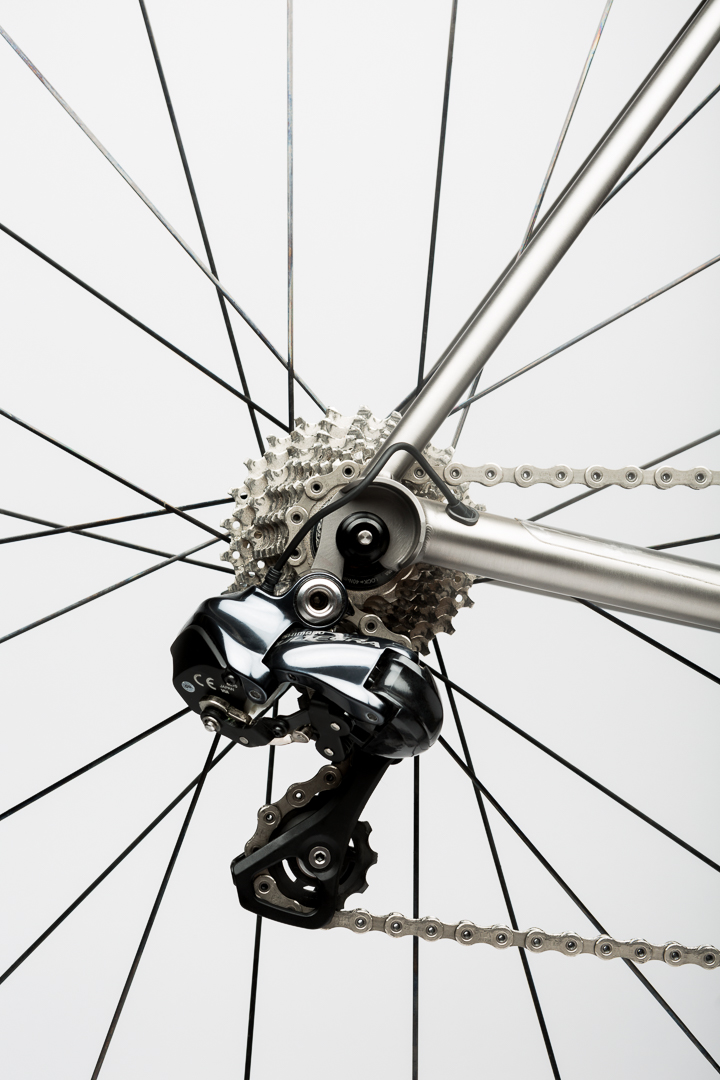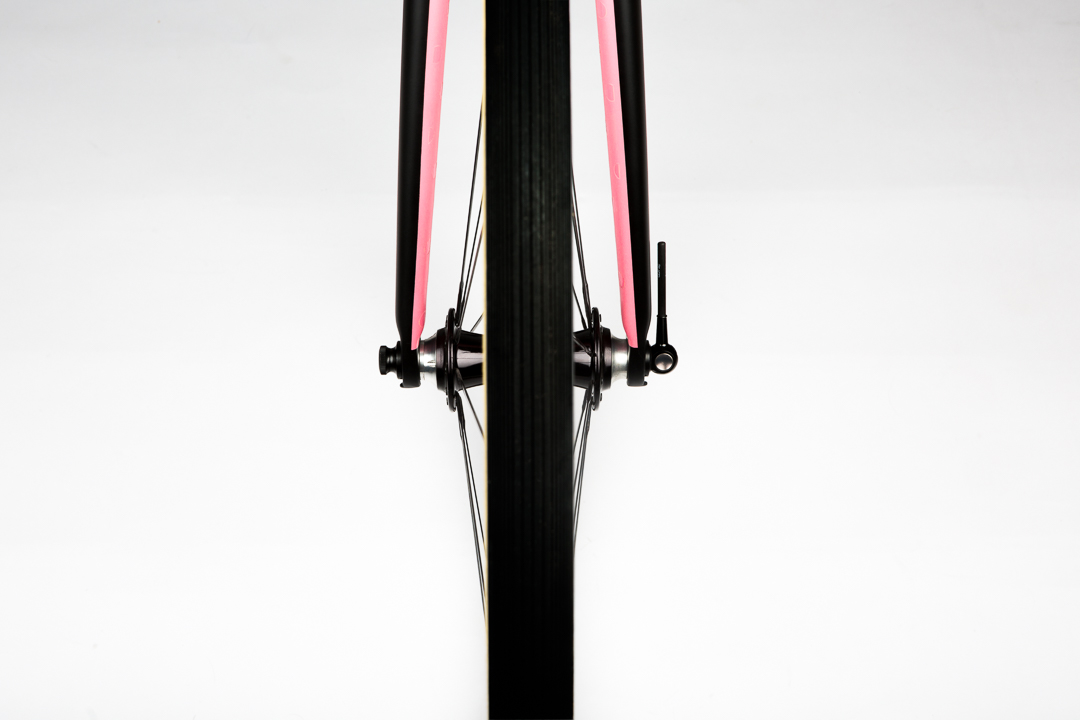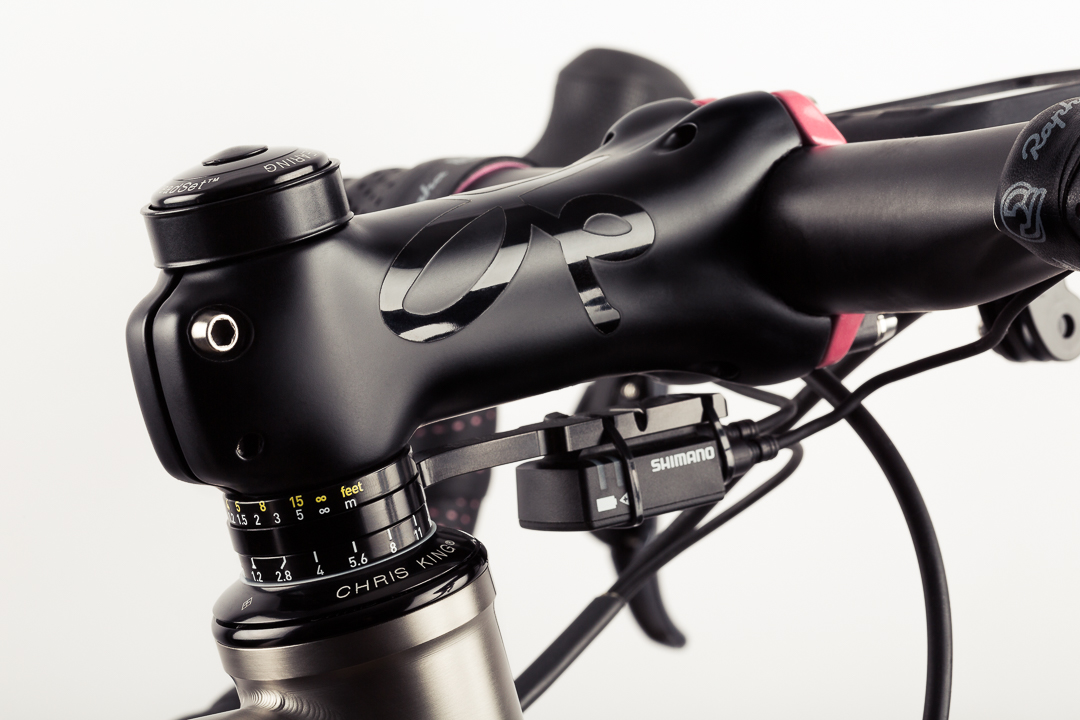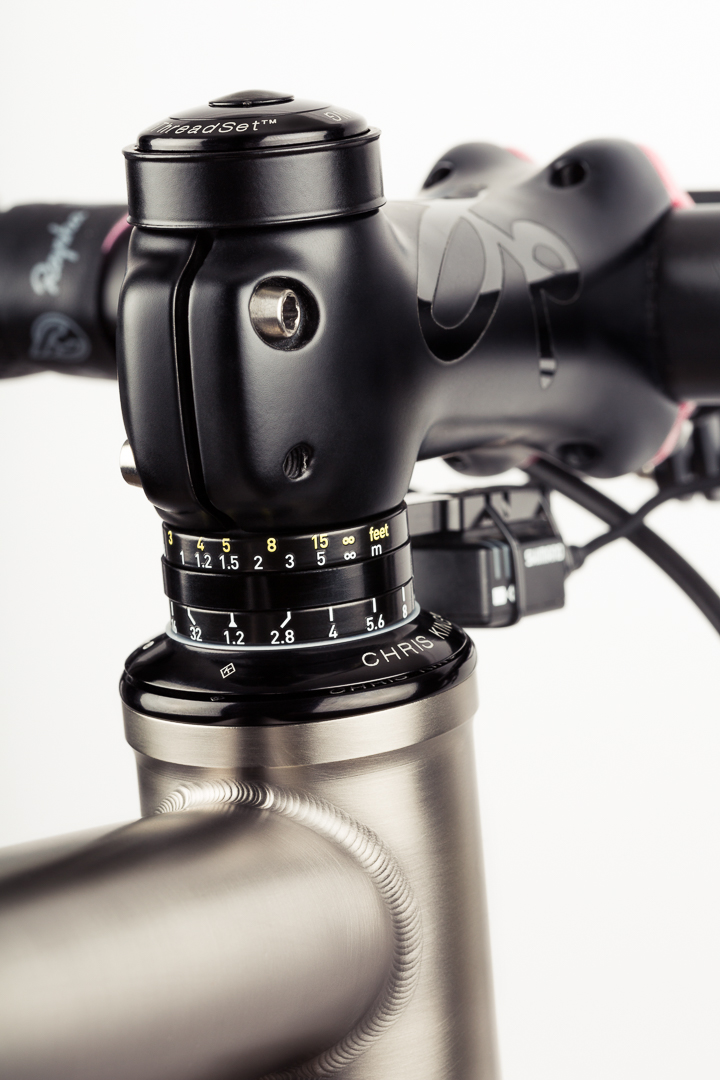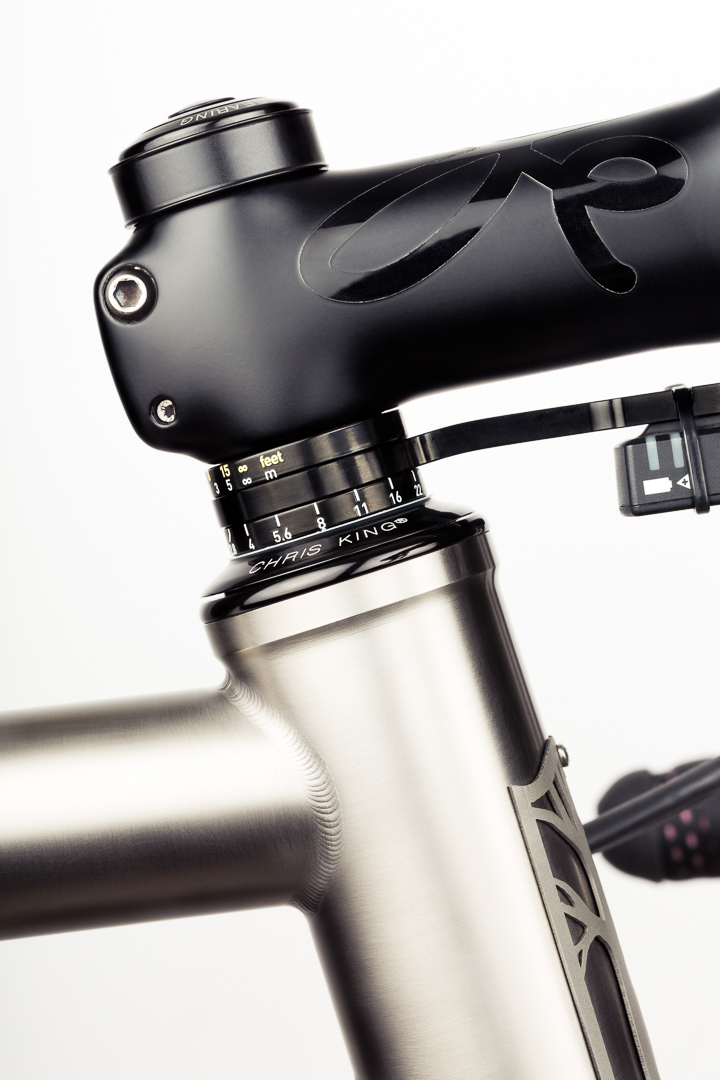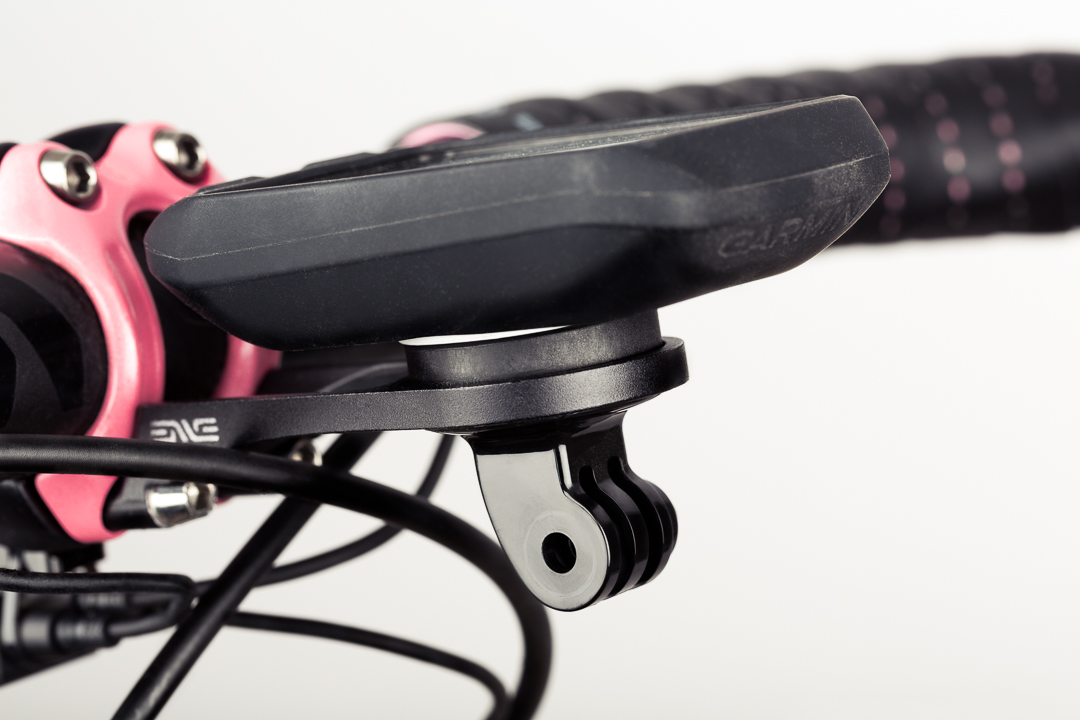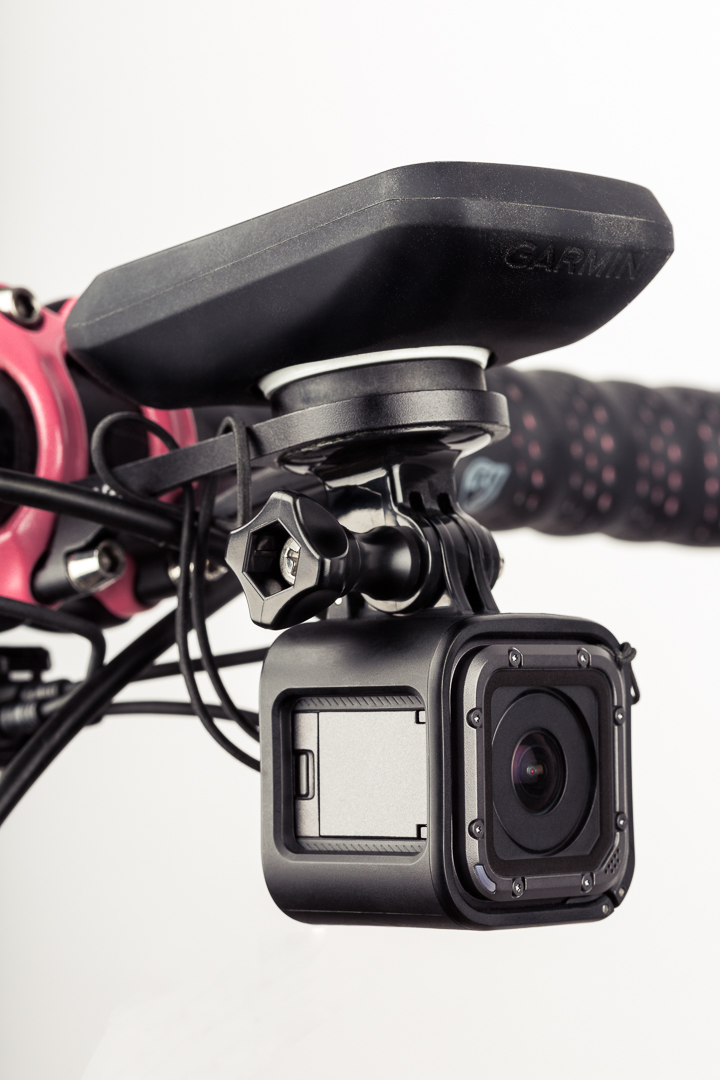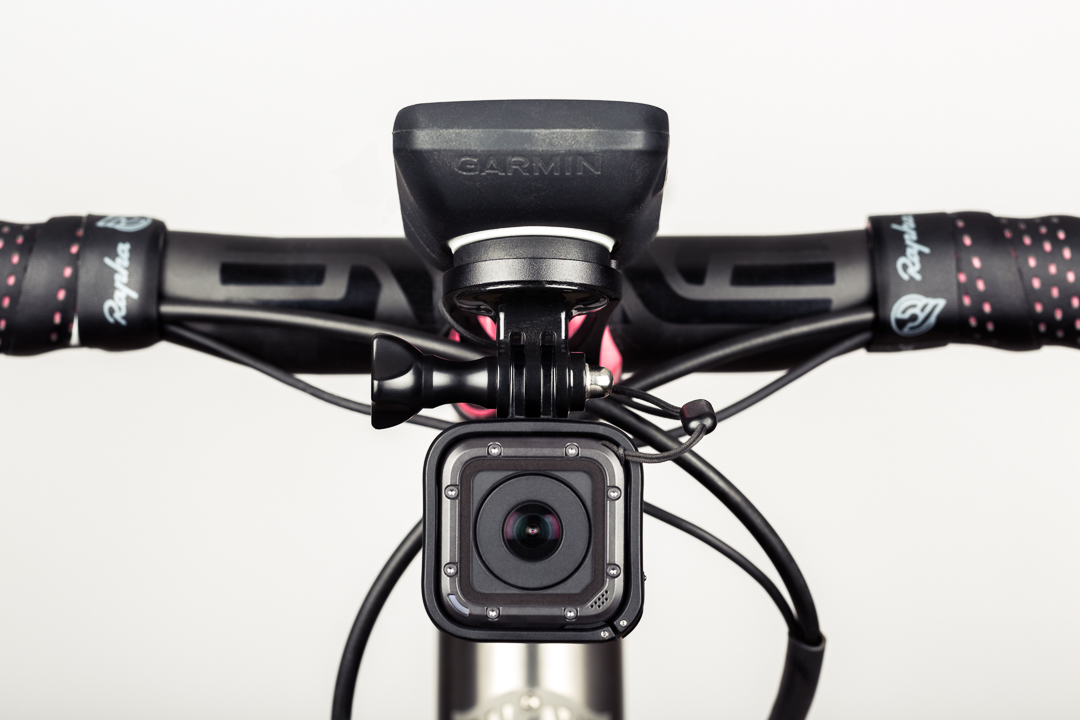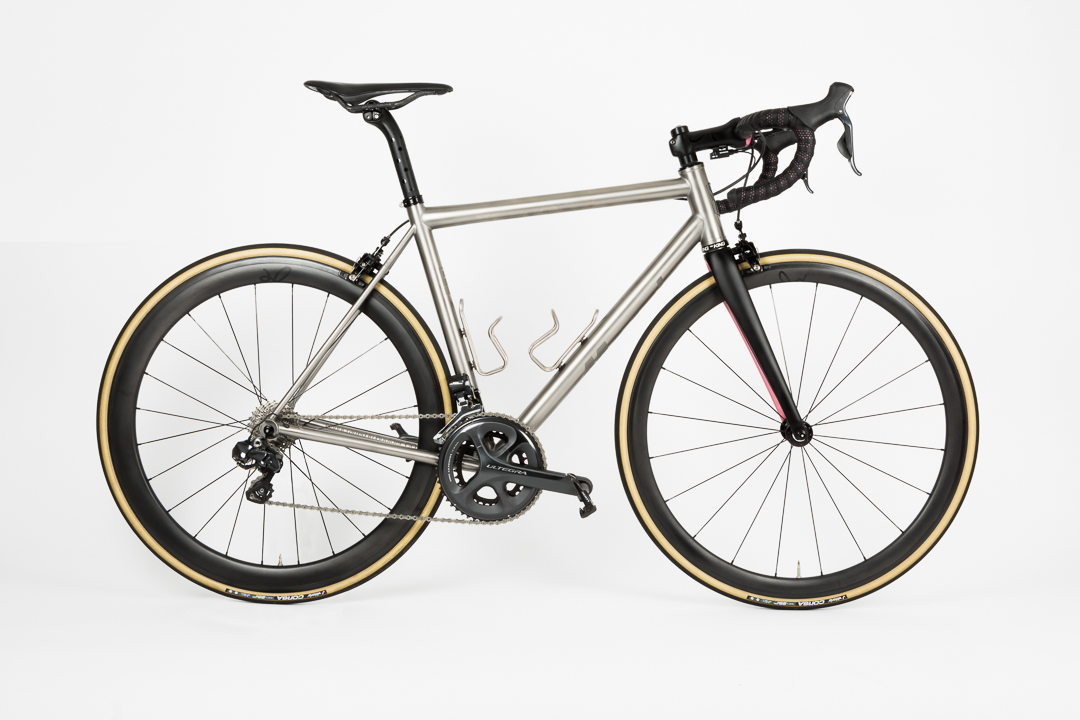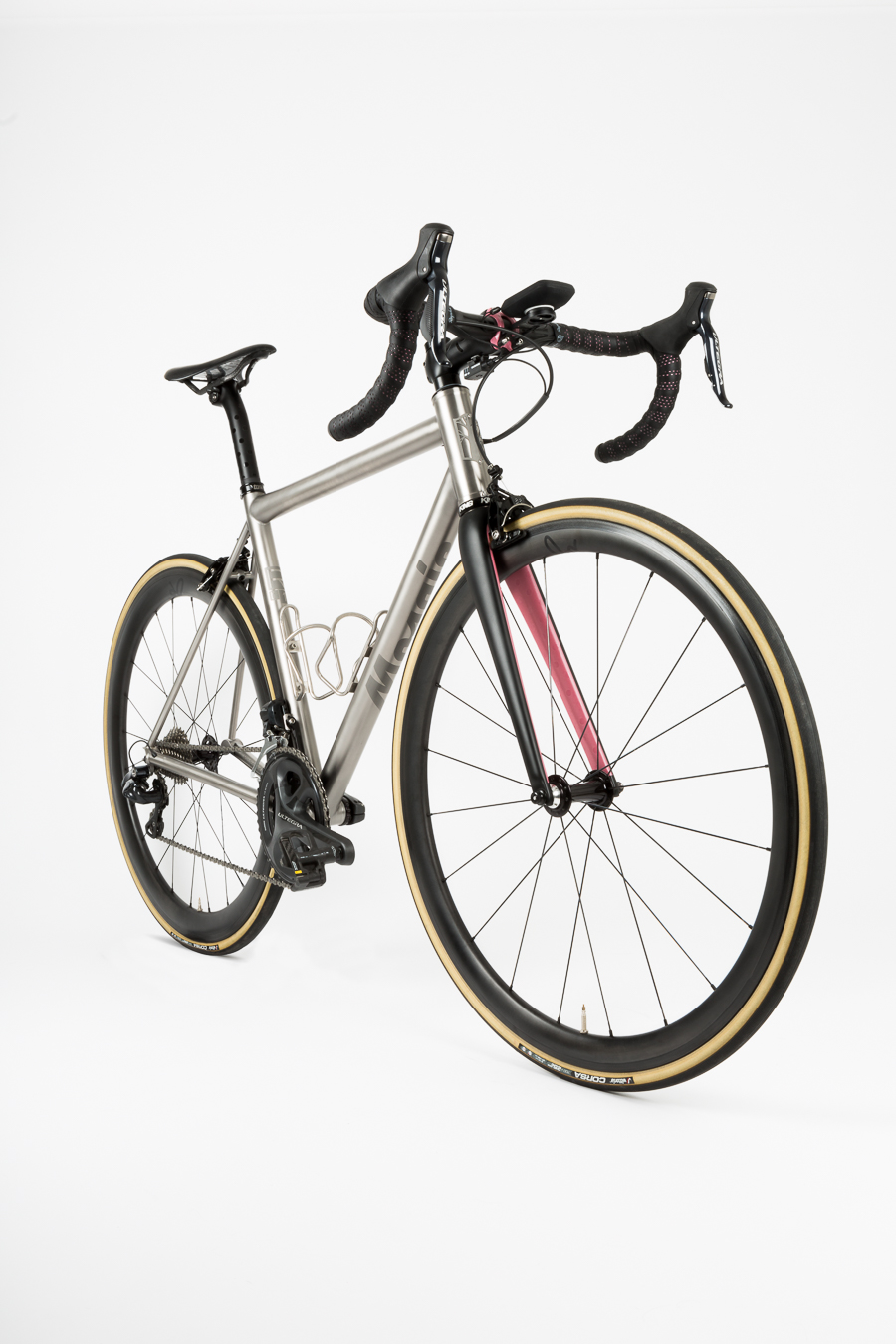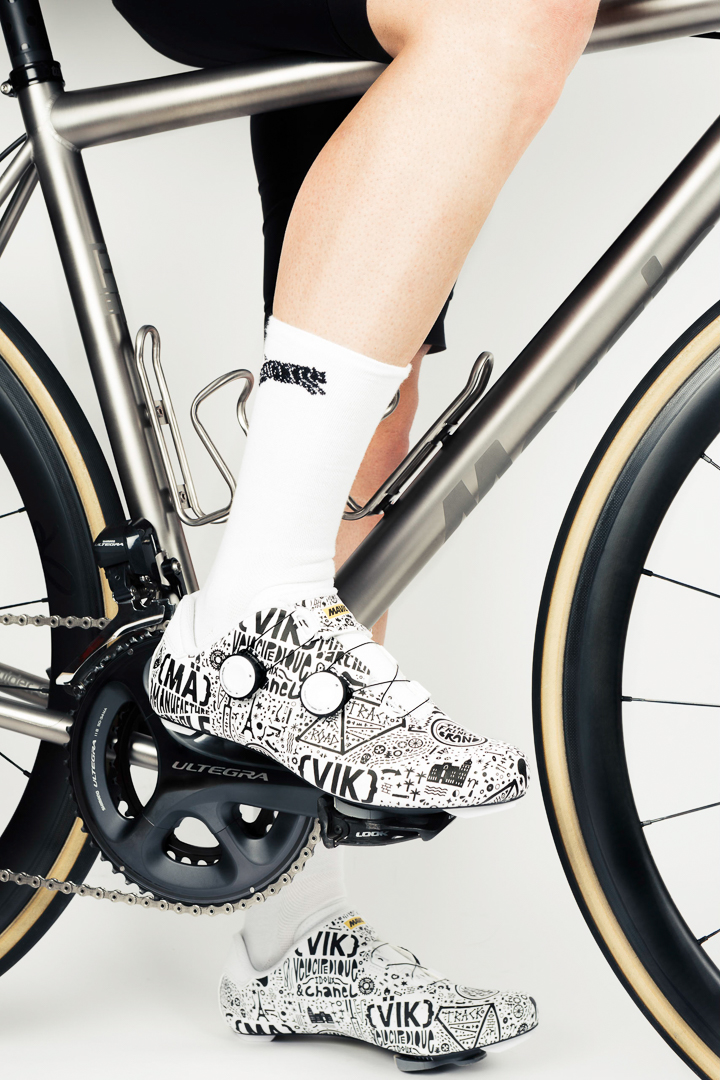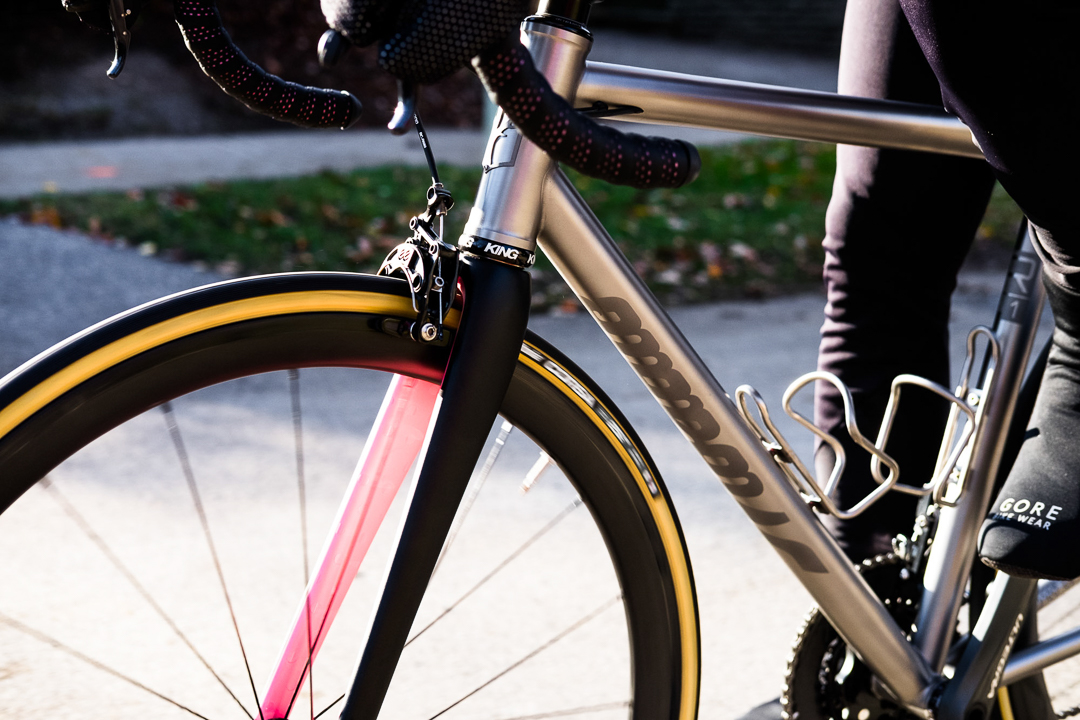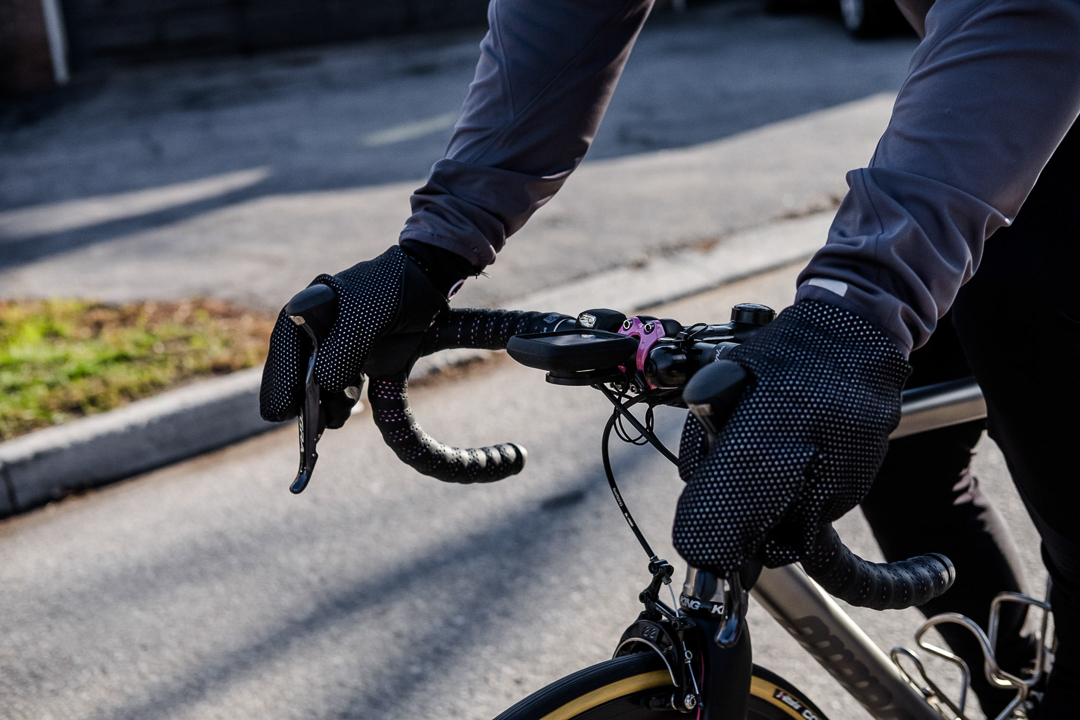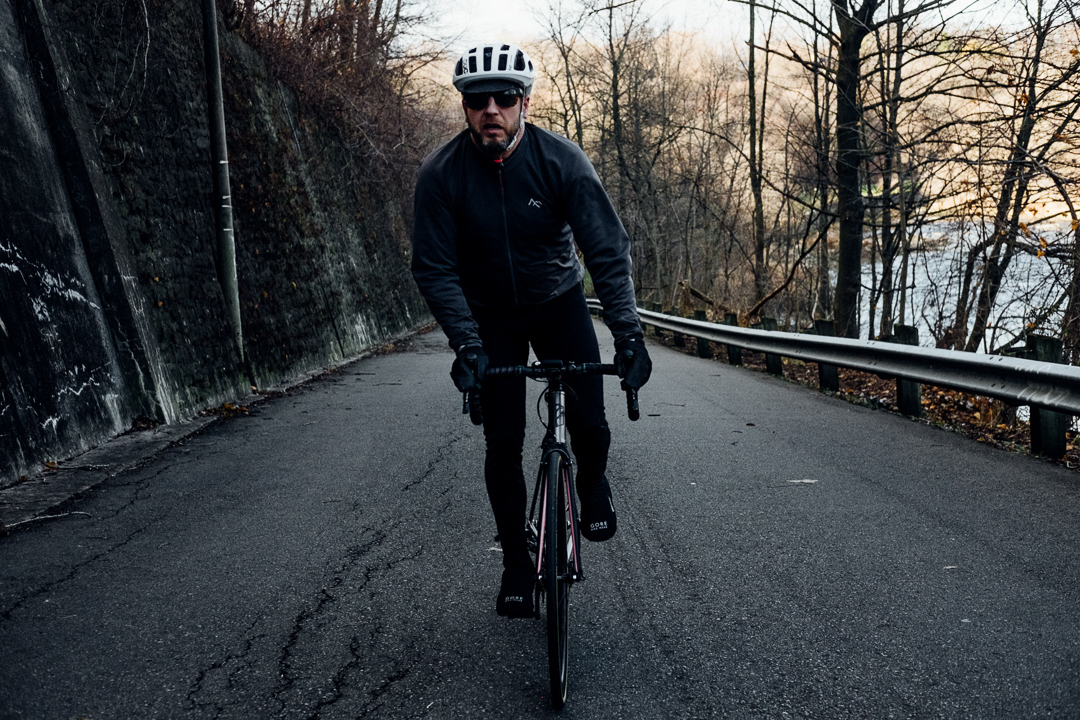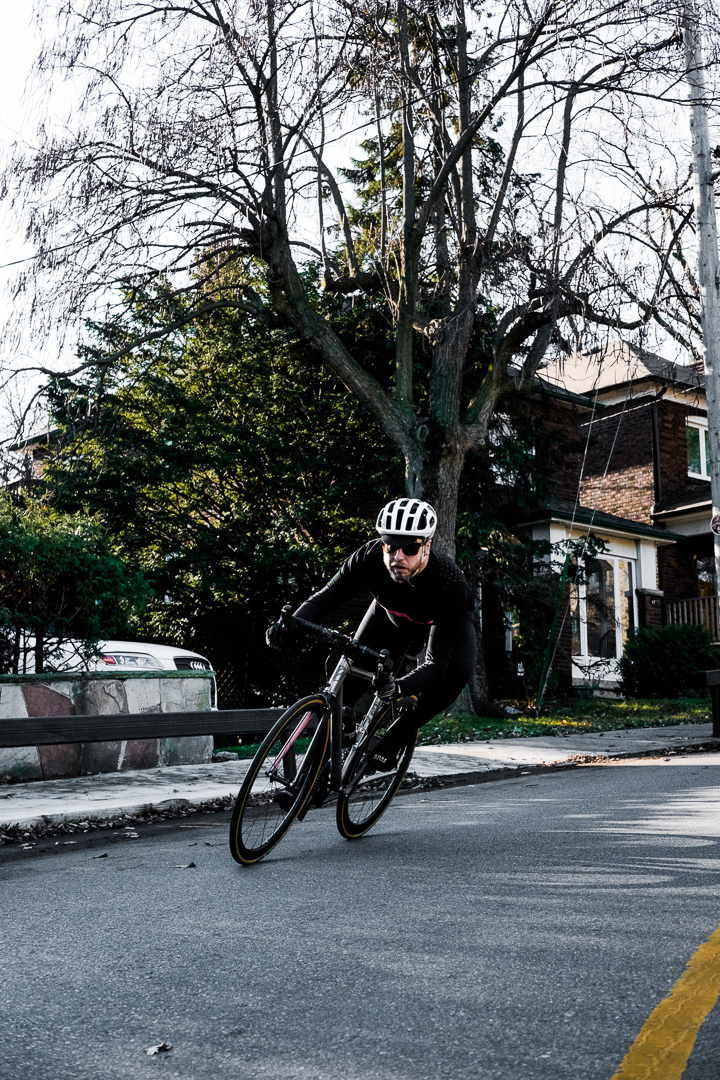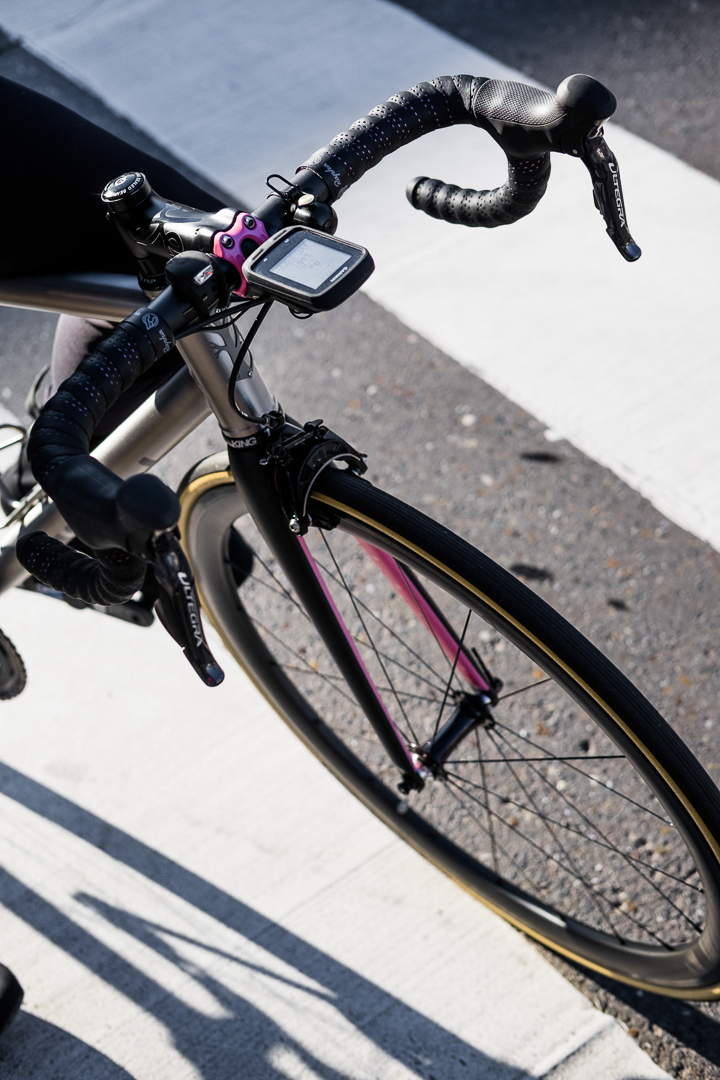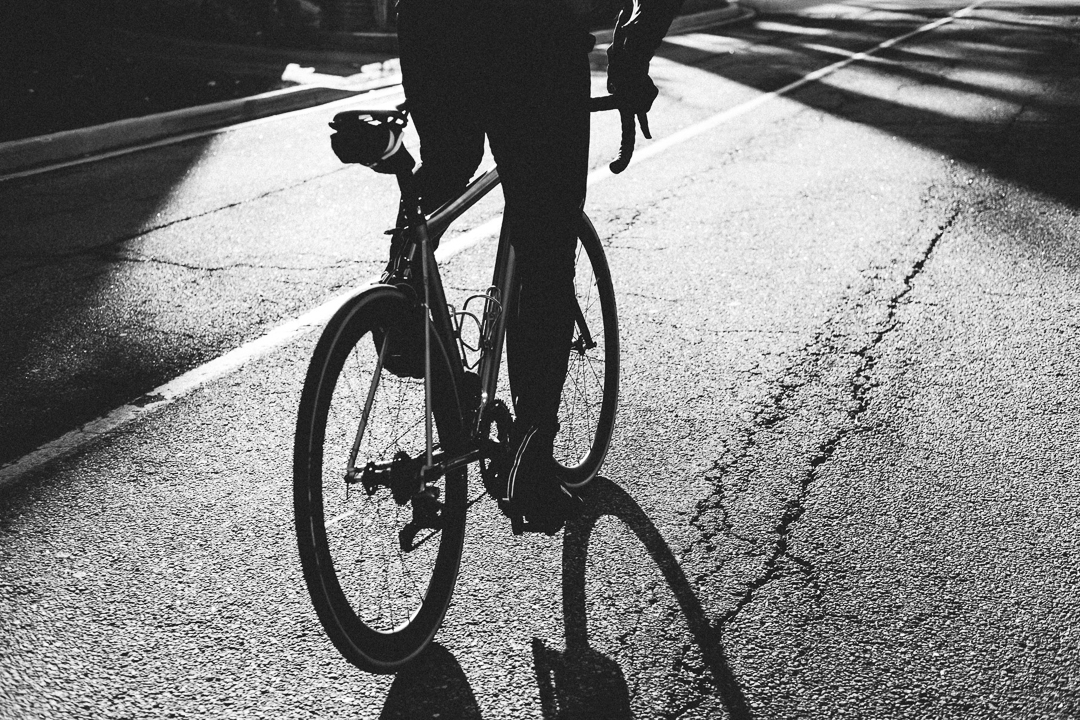Perfect Project: Part 6

2016 was clearly defined by the experience of building my forever bike. As I wrote in the Perfect Project: Part 5, the delivery and first ride on my custom Mosaic RT-1 felt like it was the end of a wonderful journey. But oh was I wrong! 2017 brought a whole new chapter as I began to learn about and form a deep relationship with my new titanium companion. Now at the beginning of 2018, it's time to recap that in this final chapter, a personal review of the Mosaic RT-1. (If you need a refresher, check the links below)
While this may be a review, it's more like a fond retrospective of a relationship. Yes, a bit of an odd noun to use when talking about a bicycle. Let me explain. Over time you're bound to establish an understanding of any bikes personality if you ride it long enough. Yet, once you get there, it's kind of over. But riding an alloy bike is different. It's an ever-evolving relationship that grows and gets better over time. Ever wonder why people say steel is reel? That’s why.
Alloy vs composites. Where composite frames have stiffness, power transfer, and aerodynamics, a steel or titanium frame has bounce, flex, vibration, and a way or responding that creates it’s very own rhythm. Like any good relationship it takes time and patience to find where you work best together. Then once you do, that’s when it becomes a true partnership. While I've had fond flings with other bikes (and will keep having them), I'm in a deep, deep committed long term relationship with my Mosaic RT-1.
In the most recent edition of Canadian Cycling, I wrote a synopsis of my experience in going through the process of building my forever bike. In that article, I also briefly expressed my feelings of the first ride (you should check it out) but the full experience of ownership warrants a proper expansion. The following review covers what I learned from riding my own custom-built bicycle over time.
1) The way that the bike fits me. 2) The way that it responds on the road. 3) The way that it makes me feel.
When writing that article for Canadian Cycling, it dawned on me just how much of the time was spent on geometry compared to anything else. In retrospect, it was the most crucial phase and it seemed to take forever. But patience and persistence paid off because geometry matters. Plain and simple. Why? Because at the heart of achieving any desires or expectations that you may have about what a custom-built bicycle is, is the geometry. The custom route allows you to literally tweak every measurement of your bike and the best way to express the outcome of getting this right is in three parts;
The Fit
Look, I knew the bike was going to feel different the first time I clipped in. There was no naivety in that. However, this was my first completely custom-built frame so I didn't know exactly what that would feel like. And that was part of the excitement.
My first reaction was that it felt… oddly distinct. Every bike, and I mean every bike I have ridden before requires me to adapt to it. Little bit here, little bit there. Over time this had become the norm and I was sort of forcing myself to believe that I needed to adapt again. The truth is that I actually had to stop myself from trying to adapt and simply just be me. That’s because a bike that was built for me, and only me, was letting me be where I should be and where my body wants to be - not dictating. Letting go is kind of liberating.
Aside from the drastic improvement to my riding position, there is definite sense of confidence to how the bike interfaces with me as a rider. Getting on the Mosaic RT-1 leaves an impression that I would say is akin to sitting in a fine automobile. There is no mistaking that it is finely built by a group of quality craftsmen. From each of the contact points, the bike exudes the reliability and confidence you're going to be able to depend on. The way the bike fits is truly absolute and it inspires me to want to ride it. I asked for perfect and every time I get on this bike, that's exactly how it fits me.
The Ride
One thing that kept me hyped up during the build process was an overwhelming fondness that people have when they describe their own titanium bike. Until I had mine, I didn't really know why they felt this way, but I knew I wanted to experience it. Disappointed, I was not.
In the introduction, I wrote about how an alloy frame has a personality. What does that mean? There is a sort of natural rhythm to the frame that comes from its distinctive flex. The way that it bends out and snaps back when you put down the watts in a sprint. Or the way the rear of the bike sways slightly when you rise out of the saddle to climb. Yes, so maybe it's not the stiffest bike in the world - but maybe that's not a bad thing either. Over the past year+, I've come to learn exactly how my frame moves and I’m learning to use it to my advantage.
Timing is always somewhat coincidental because as I was navigating my way through this learning curve, a really applicable podcast on frame stiffness was posted by, Cycling Tips (Link.) In that episode, the hosts do a fantastic job to explain why stiffness isn't always what you should be searching for, and how in fact, the movement of the frame can be set to work for you. Looking back at my time on the Mosaic RT-1, I think this has been the greatest appreciation.
With that said, there is also a downside to the increased flex of the frame. At times, I seem to quickly top out in a sprint. With a semi-compact 52/11 setup, I seem to run out of top speed before my legs and lungs are done. It feels like I still have more to give. But no matter how hard I try, I just can't get going any faster. Other than just getting stronger, a dead stiff composite frame could obviously help to increase my top end sprint speed a few more kms/hr. Therefore, I won't be winning any spring KOMs on a round tube profile Ti frame, but that's not what motivates me to ride anymore. It's clear that a trade off in speed and power transfer was made in the choice to go with a titanium frame, but I'm good with that.
Another important aspect of the performance of my Mosaic RT-1 is the way that it connects to the road. The externally butted titanium tube set is able to dampen the vibrations of the roughest roads and also helps to soak up some of the harshest bumps. Much to the happiness of my lower back. All in all, the Mosaic RT-1 has a smooth and effortless roll. And because of it, at the end of a long ride I no longer feel completely gutted and broken. That is something I directly attribute to the titanium. This is the bike that I confidently reached for when I headed out on big rides like the Northern Pass.
The Feels
One of the most unsurprising, but most rewarding things about having my own custom bike is how it makes me feel. I mean this more in the emotional sense than the physical. Every time I look at the bike I feel a sense of giddy pride. My mind wanders off to relive the moments of its inception through to its inauguration. There are just so many people to thank and give credit to. What I can say with definitive confidence is that I feel and appreciate their efforts every time I ride my bike. This was a Perfect Project and they made me a perfect bike. You can’t put a price on that.
Whether I'm just looking at the bike hanging from the wall, working on it, or getting it ready to ride, there is always a childish sense of excitement. My Mosaic RT-1 just makes me feel good. It makes me want to go for a ride and seems to always encourage me to find a bit more time and energy to keep going. The beginning of the journey to build this bike rejuvenated my love for cycling and that has not waned since the day the rubber hit the road.
Critiques
If there is one thing I would change about the bike, it would be nothing. Sure, when I think about some of the particular details and some of the choices we made, I question myself. But none of them were wrong. It's more of a curiosity about "what if". The thing is though, everything is working perfectly and as we intended. So, what's to be upset about?
At the end of the day maybe a little less slope on the top tube for aesthetics… but that would change some of the comfort coming from the longer exposed post. A slightly steeper angle in the head tube would make it racier in the corners… but I love the sure footedness of the bike. Raise the bottom bracket, shorten the chain stays, and on, and on. I like it just the way it is.
Geometry is long term, components are short term... usually. The first question everyone asks is about disc brakes. Let's just talk about disc brakes for a moment. In the year+ since we completed the build, a lot of the uncertainty around the standards of disc brakes has cleared. Less worry about axels, rotor sizes, mounts, etc. If we were starting this project again now, maybe I'd have deliberated the choice longer, or maybe I'd have made a different choice entirely. But I still have zero regrets about going with rim brakes. The eeBrakes are phenomenal and the stopping power continues to impress me. The versatility of being able to swap wheels across multiple bikes is hard to beat. If I really want to move on to disc brakes I'll put them on another bike. There's no way I'm not going to let the brakes be something that tarnishes my love for this forever bike.
However, to be honest there is one thing about the frame design that kind of irks me. The internal brake routing creates a beautiful clean aesthetic but it eats through brake housings. This is because the angle at which the cable entry is drilled makes for some very sharp edges. And since the brake cable housing runs continuously through the frame, it moves in and out of the top tube ever so slightly when you squeeze the rear brakes. As the cable wears, the edges start to dig in and eventually cut the cable house right down. This manifests as premature wear of the cable housing and extra maintenance. A minor annoyance if you are running stock cable housing but an expensive one if you're running premium compressionless housings. If that's going to annoy you, you may consider external rear brake routing.
The end
Ok, false title. There will never really be an end in the story of a forever bike. Truthfully, I'm looking forward to all the unknown chapters around the next corner and down the road. Just about two years ago I set out on a journey with friends to build a bike that would love me as much as I would love it. Did we do it? Hell yeah.
From the get-go we intended to record, capture, and re-tell the whole experience from the perspective of the buyer to try and help shed some light on what it's really like, and why the whole process creates such a better product. Now two years, nearly 20,000 words, hundreds of photos, thousands and thousands of kilometers, and a magazine article later, the Perfect Project is all coming to a close. The experience of building my forever bike has been more than I ever dreamt it to be. When I'm out riding in the city, hanging around the shop, or even checking my email, I hear from people who have read these stories to compare them with their own, or have been inspired to start their own journey. That sense of community and positivity is almost as rewarding as the bike itself.
If you're considering building a custom bike, no matter what kind of bike it is, do it. You'll have as much fun building the bike as you will riding it forever. Make the choice to start now, choose your options wisely, and never look back!
